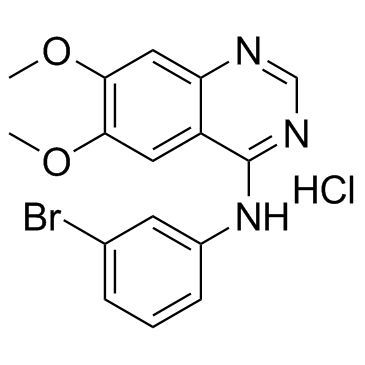EGFR
EGFR (epidermal growth factor receptor) is the cell-surface receptor of its specific ligands, including epidermal growth factor and TGFα (transforming growth factor α) and is a receptor tyrosine kinase.
Products for EGFR
- Cat.No. Product Name Information
-
GC38006
β-Hydroxyisovalerylshikonin
Beta-hydroxyisovalerylshikonin is a natural product isolated from Lithospermium radix, acts as a potent inhibitor of protein tyrosine kinases (PTK), with IC50s of 0.7μM and 1μM for EGFR and v-Src receptor, respectively. Beta-hydroxyisovalerylshikonin is effective against a wide variety of tumor cell lines, and most efficiently induces cell-death in NCI-H522 and DMS114 cells.
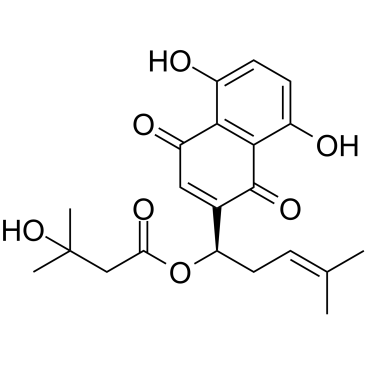
-
GC63797
(S)-Sunvozertinib
(S)-Sunvozertinib ((S)-DZD9008), the S-enantiomer of Sunvozertinib, shows inhibitory activity against EGFR exon 20 NPH and ASV insertions, EGFR L858R/T790M mutation and Her2 exon20 YVMA insertion (IC50=51.2 nM, 51.9 nM, 1 nM, and 21.2 nM, respectively). (S)-Sunvozertinib also inhibits BTK.
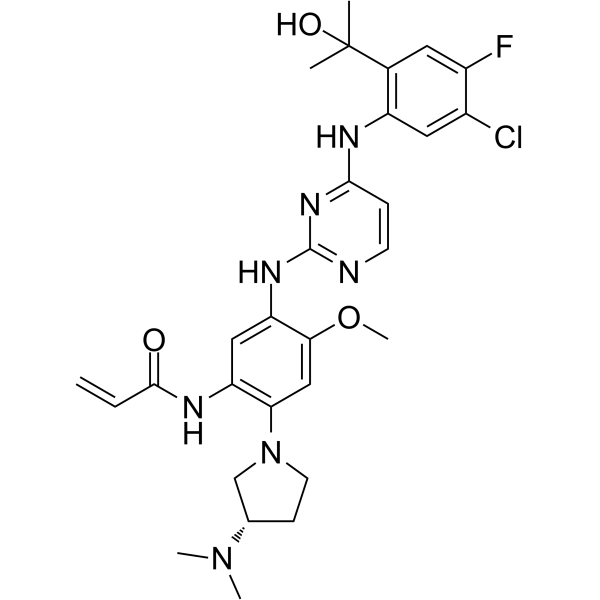
-
GC13257
AC480 (BMS-599626)
AC480 (BMS-599626) (AC480) is a selective and orally bioavailable HER1 and HER2 inhibitor, with IC50s of 20 and 30 nM, respectively. AC480 (BMS-599626) displays ~8-fold less potent to HER4 (IC50=190 nM), >100-fold to VEGFR2, c-Kit, Lck, MEK. AC480 (BMS-599626) inhibits tumor cell proliferation, and has potential to increase tumor response to radiotherapy.
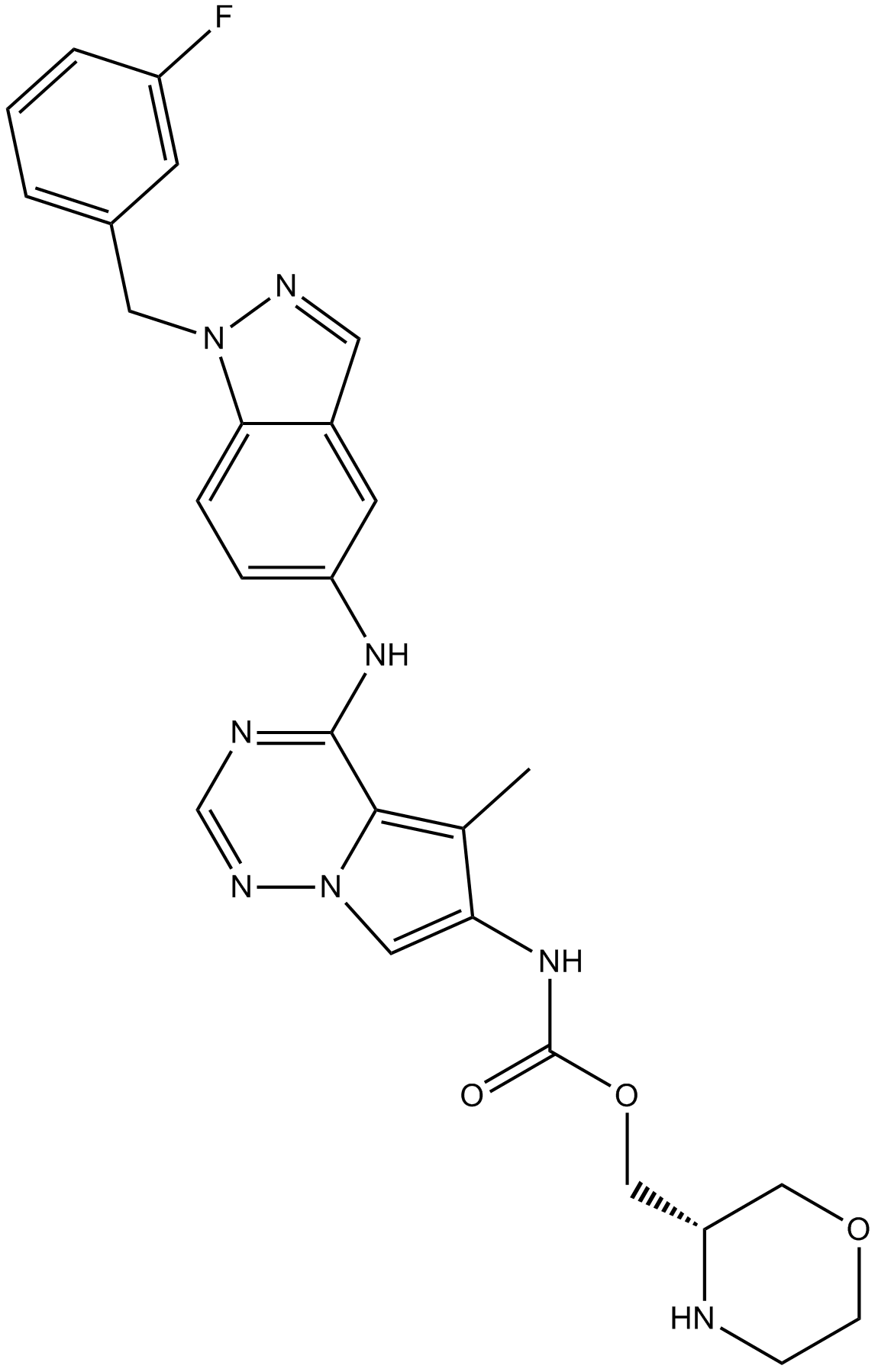
-
GC11892
AEE788 (NVP-AEE788)
AEE788 (NVP-AEE788) is an inhibitor of the EGFR and ErbB2 with IC50 values of 2 and 6 nM, respectively.
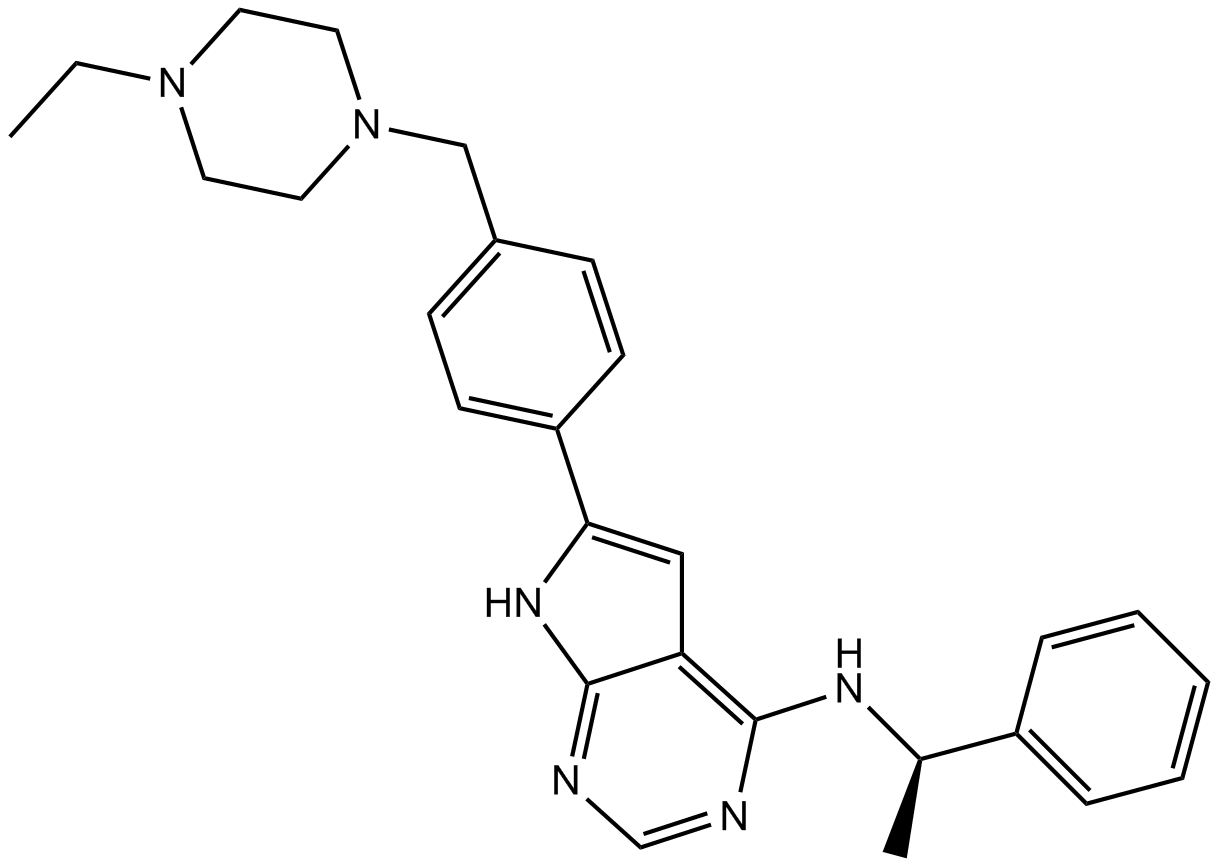
-
GC11744
AG 555
Potent EGFR-kinase inhibitor
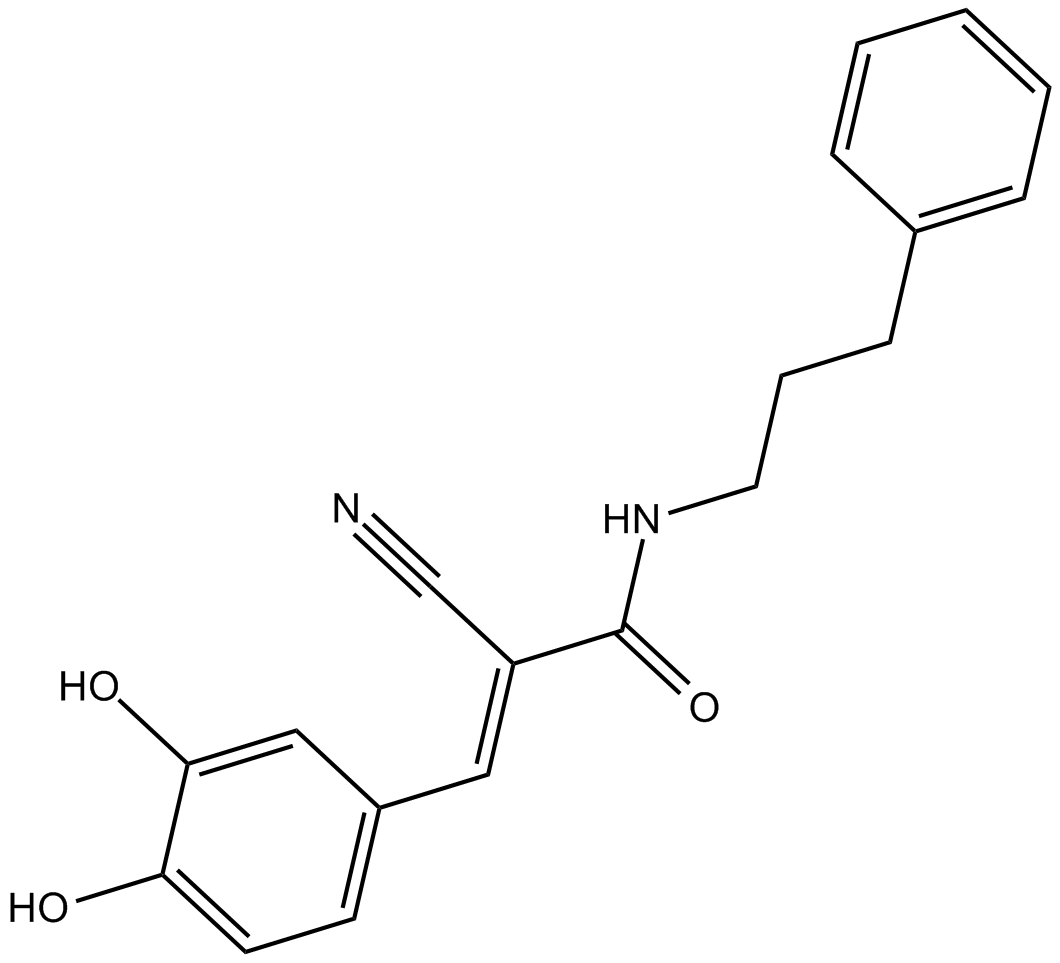
-
GC13168
AG 825
Selective ErbB2 inhibitor
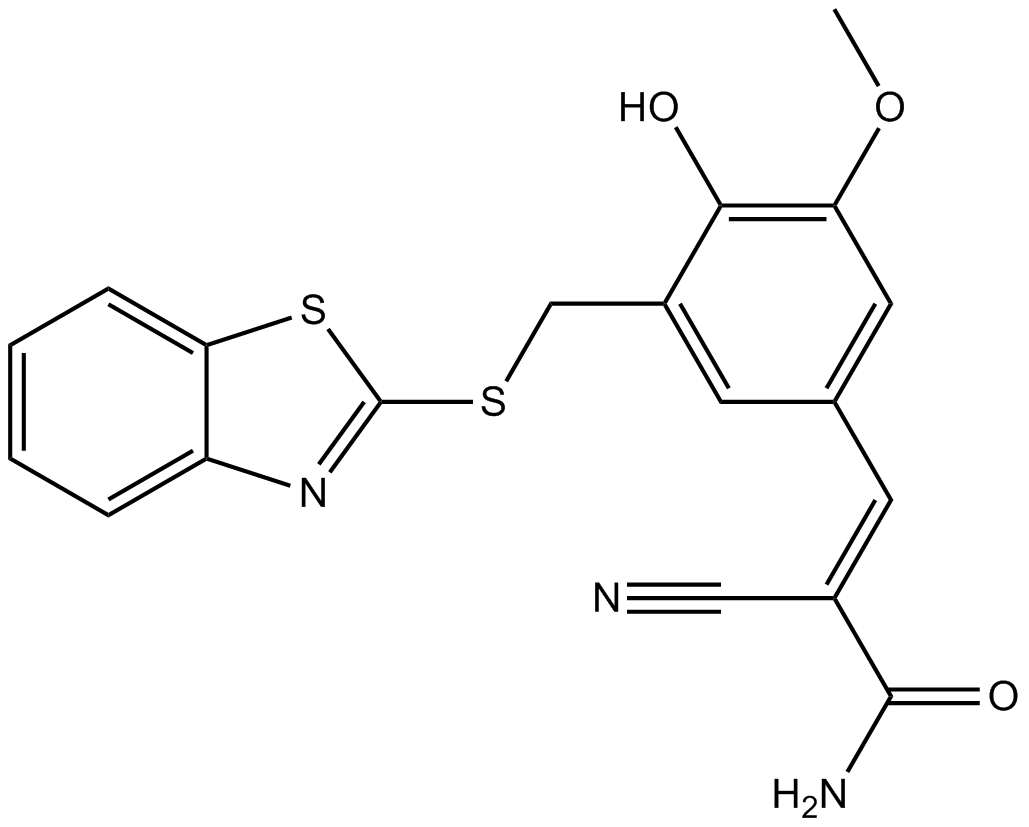
-
GC14494
AG 99
AG 99 ((E)-Tyrphostin 46) is a potent EGFR inhibitor.
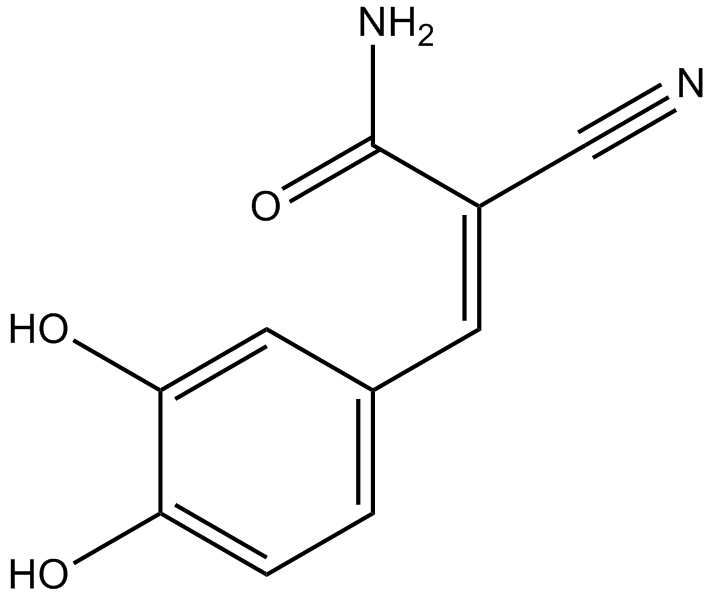
-
GC17226
AG-1478
EGFR inhibitor,potent and selective
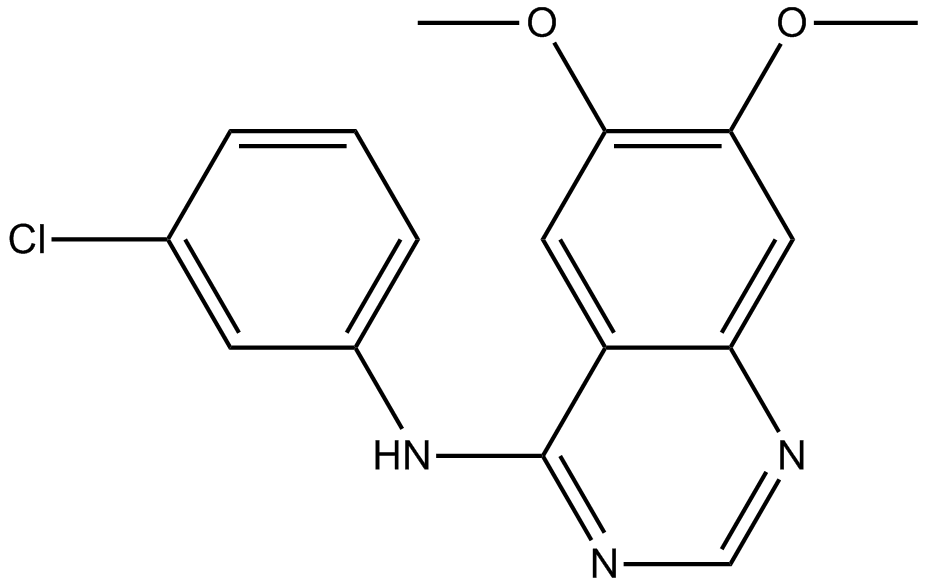
-
GC12864
AG-1557
inhibitor of epidermal growth factor receptor (EGFR) tyrosine kinase
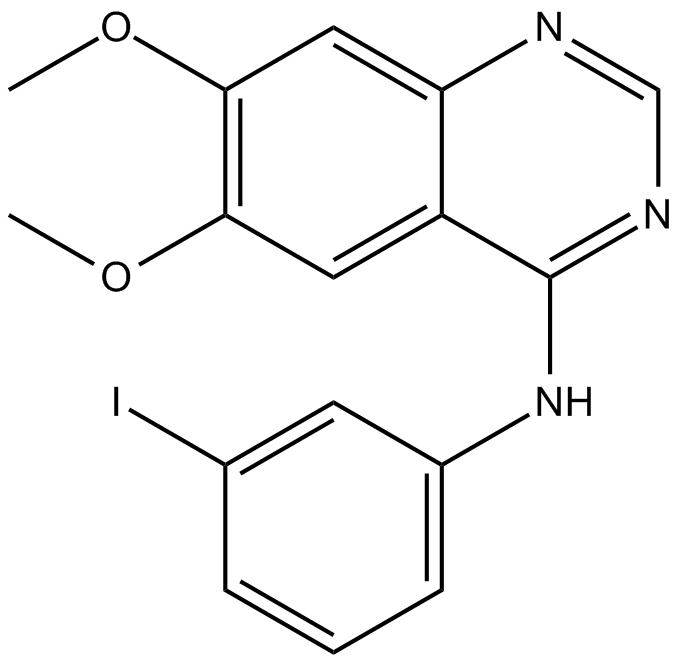
-
GC17647
AG-18
AG-18 (Tyrphostin A23) is an EGFR inhibitor with an IC50 and Kiof 35 and 11 μM, respectively.
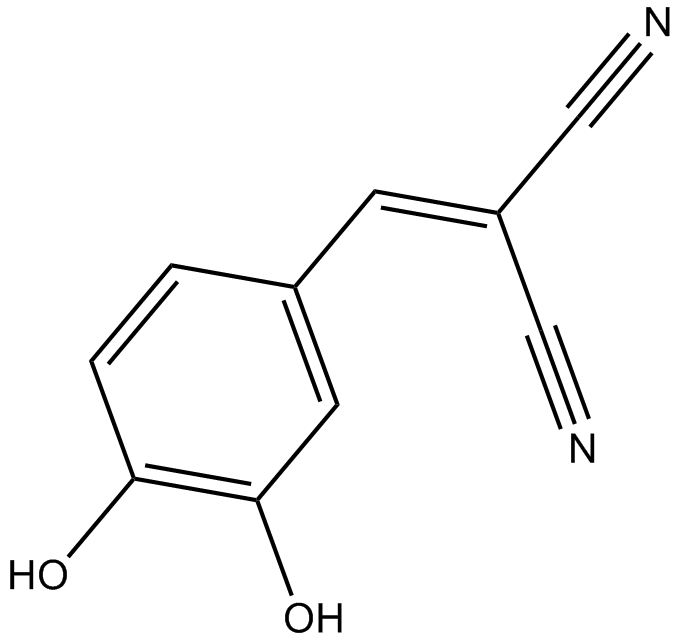
-
GC13854
AG-490 (Tyrphostin B42)
AG-490 (Tyrphostin B42) (Tyrphostin AG-490 (Tyrphostin B42)) is a tyrosine kinase inhibitor that inhibits EGFR, Stat-3 and JAK2/3.
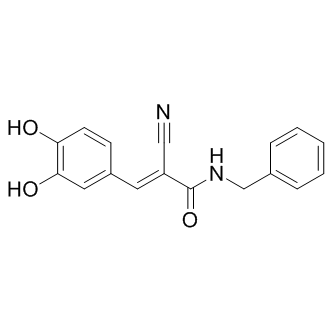
-
GC64398
Almonertinib mesylate
Almonertinib (HS-10296) mesylate is an orally available, irreversible, third-generation EGFR tyrosine kinase inhibitor with high selectivity for EGFR-sensitizing and T790M resistance mutations. Almonertinib mesylate shows great inhibitory activity against T790M, T790M/L858R and T790M/Del19 (IC50: 0.37, 0.29 and 0.21 nM, respectively), and is less effective against wild type (3.39 nM). Almonertinib mesylate is used for the research of the non-small cell lung cancer.
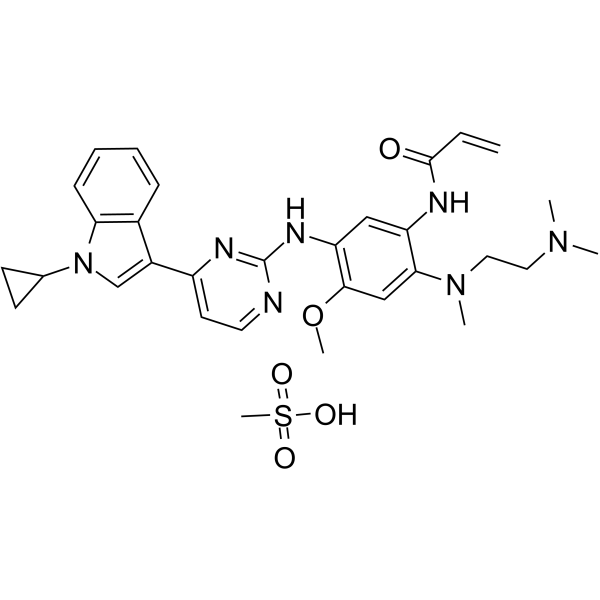
-
GC67749
Amivantamab
Amivantamab (JNJ-61186372) is a human EGFR-MET bispecific antibody with immune anticancer activity

-
GC17283
AP26113
AP26113 (Brigatinib analog) is a potent and selective active inhibitor of anaplastic lymphoma kinase(ALK), Patent US20140066406 A1.
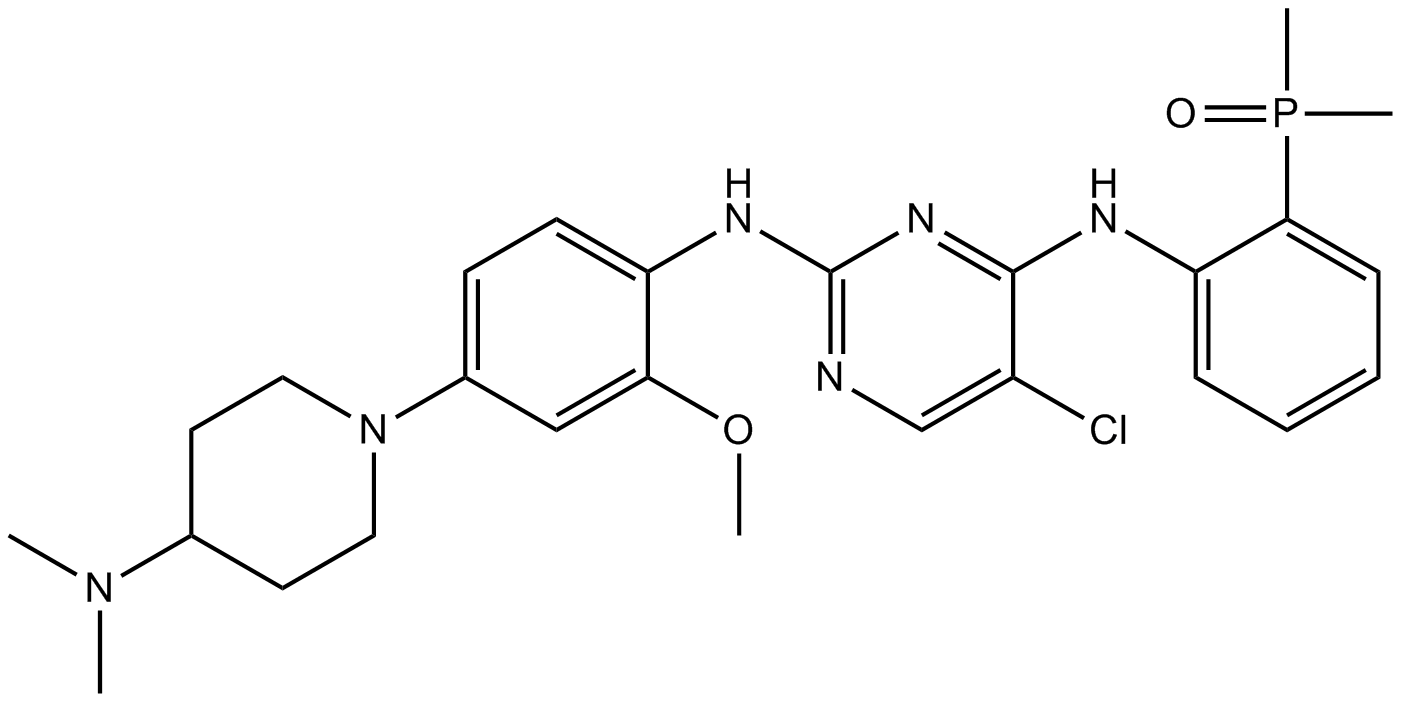
-
GC12478
ARRY-380
ARRY-380, an inhibitor of EGFR (ErbB1), is extracted from patent WO2015153959A2, compound 249. ARRY-380 is a potent, selective, ATP-competitive, orally active inhibitor of HER2.
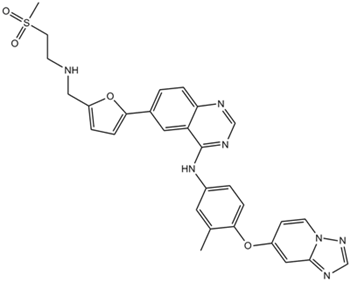
-
GC11691
AST-1306
AST-1306 (AST-1306) is an orally active and irreversible EGFR and ErbB2 inhibitor with IC50s of 0.5 and 3 nM, respectively. AST-1306 also inhibits ErbB4 with an IC50 of 0.8 nM. AST-1306 is an anilino-quinazoline compound and has anti-cancer activity.
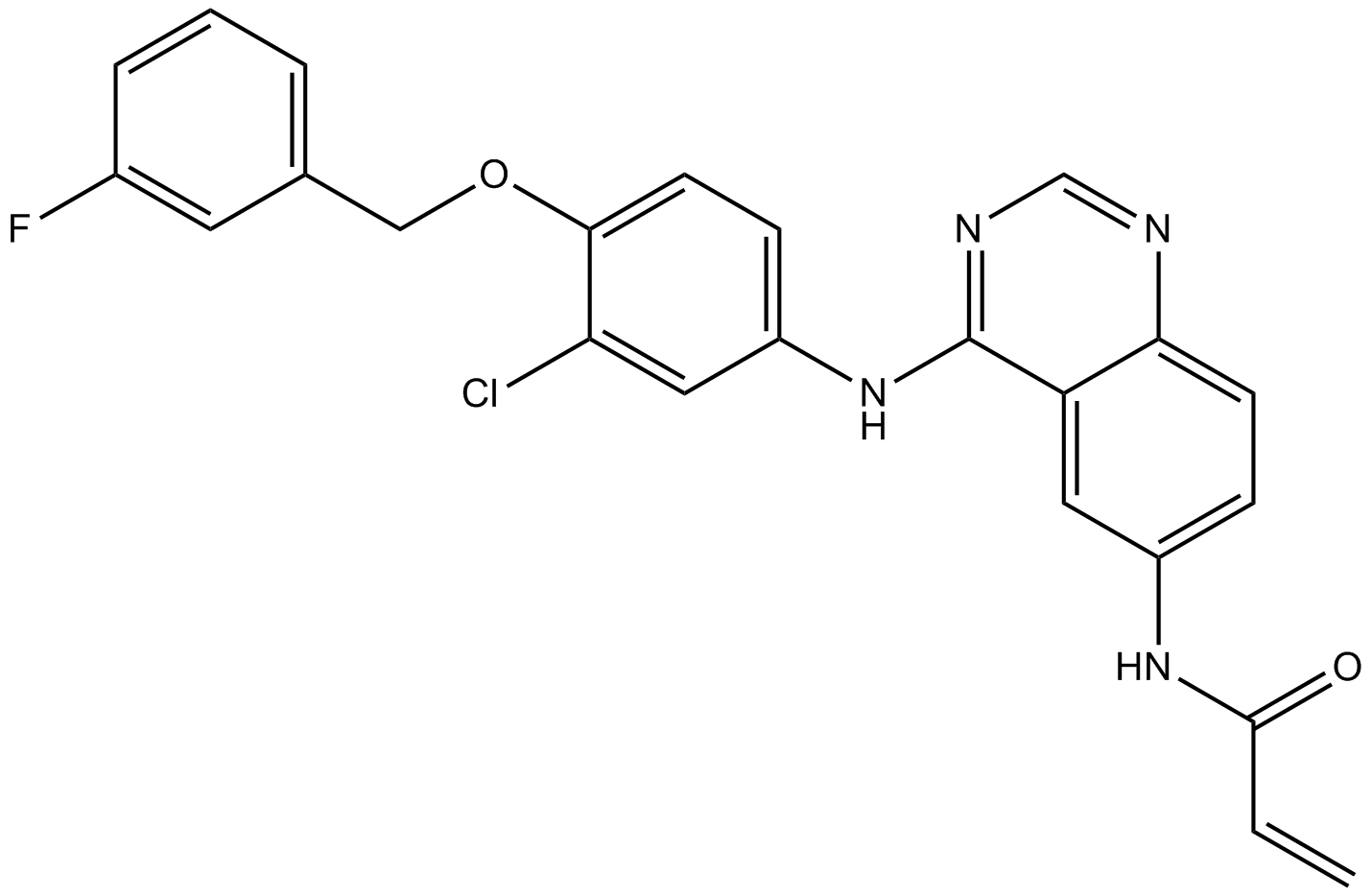
-
GC15669
AST-1306 TsOH
AST-1306 TsOH (AST-1306 (TsOH)) is an orally active and irreversible EGFR and ErbB2 inhibitor with IC50s of 0.5 and 3 nM, respectively. AST-1306 TsOH also inhibits ErbB4 with an IC50 of 0.8 nM. AST-1306 TsOH is an anilino-quinazoline compound and has anti-cancer activity
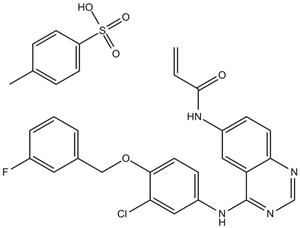
-
GC33096
AST2818 mesylate
Alflutinib (Furmonertinib) mesylate is is a potent inhibitor of EGFR. Alflutinib (Furmonertinib) mesylate inhibits EGFR active mutations as well as the T790M acquired resistant mutation. Alflutinib (Furmonertinib) mesylate has the potential for the research of cancer diseases, especially non-small cell lung cancer (NSCLC).
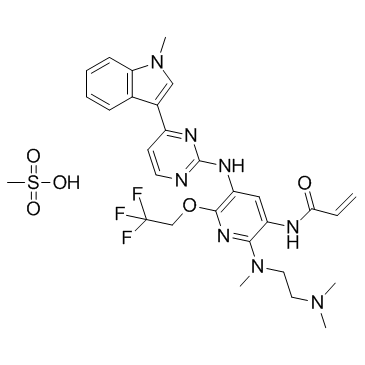
-
GC35413
Astragaloside VI
Astragaloside VI could activate EGFR/ERK signalling pathway to improve wound healing.
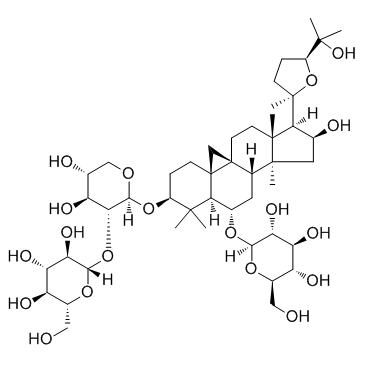
-
GC35435
AV-412
A dual inhibitor of EGFR and HER2
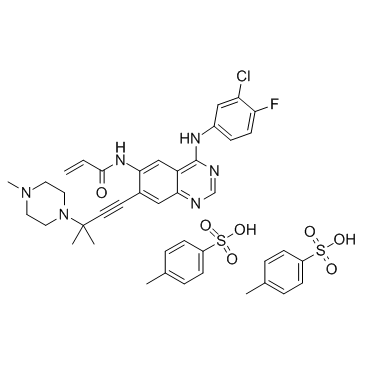
-
GC35436
AV-412 free base
AV-412 free base (MP-412 free base) is an EGFR inhibitor with IC50s of 0.75, 0.5, 0.79, 2.3, 19 nM for EGFR, EGFRL858R, EGFRT790M, EGFRL858R/T790M and ErbB2, respectively.
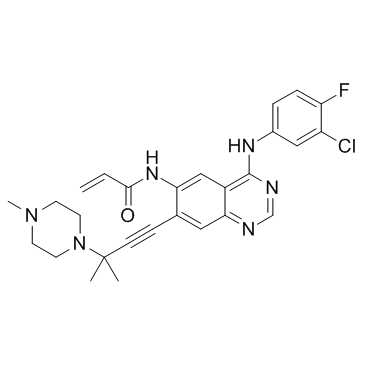
-
GC19044
Avitinib maleate
A pyrrolopyrimidine-based irreversible EGFR inhibitor
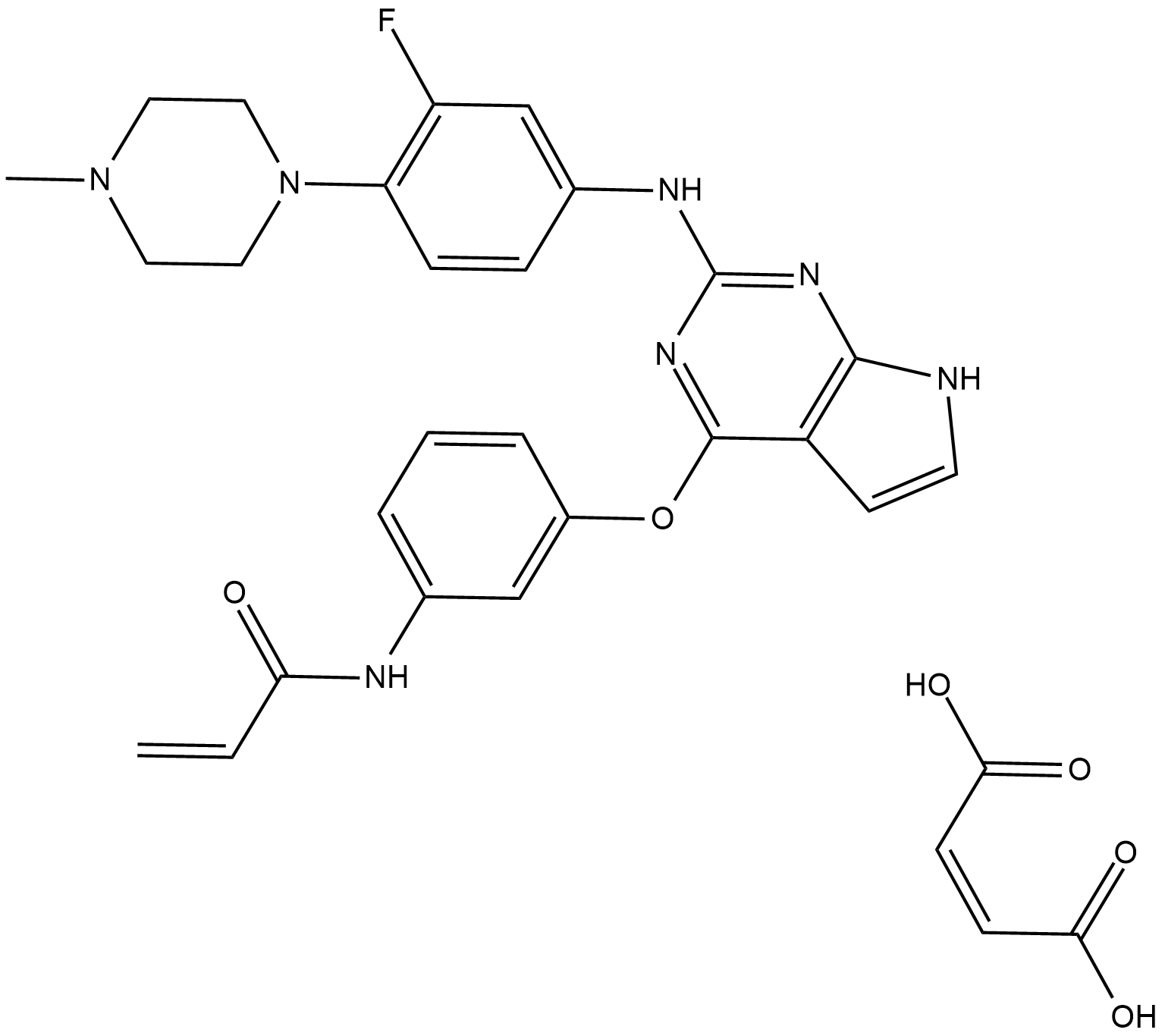
-
GC12955
AZ5104
EGFR inhibitor
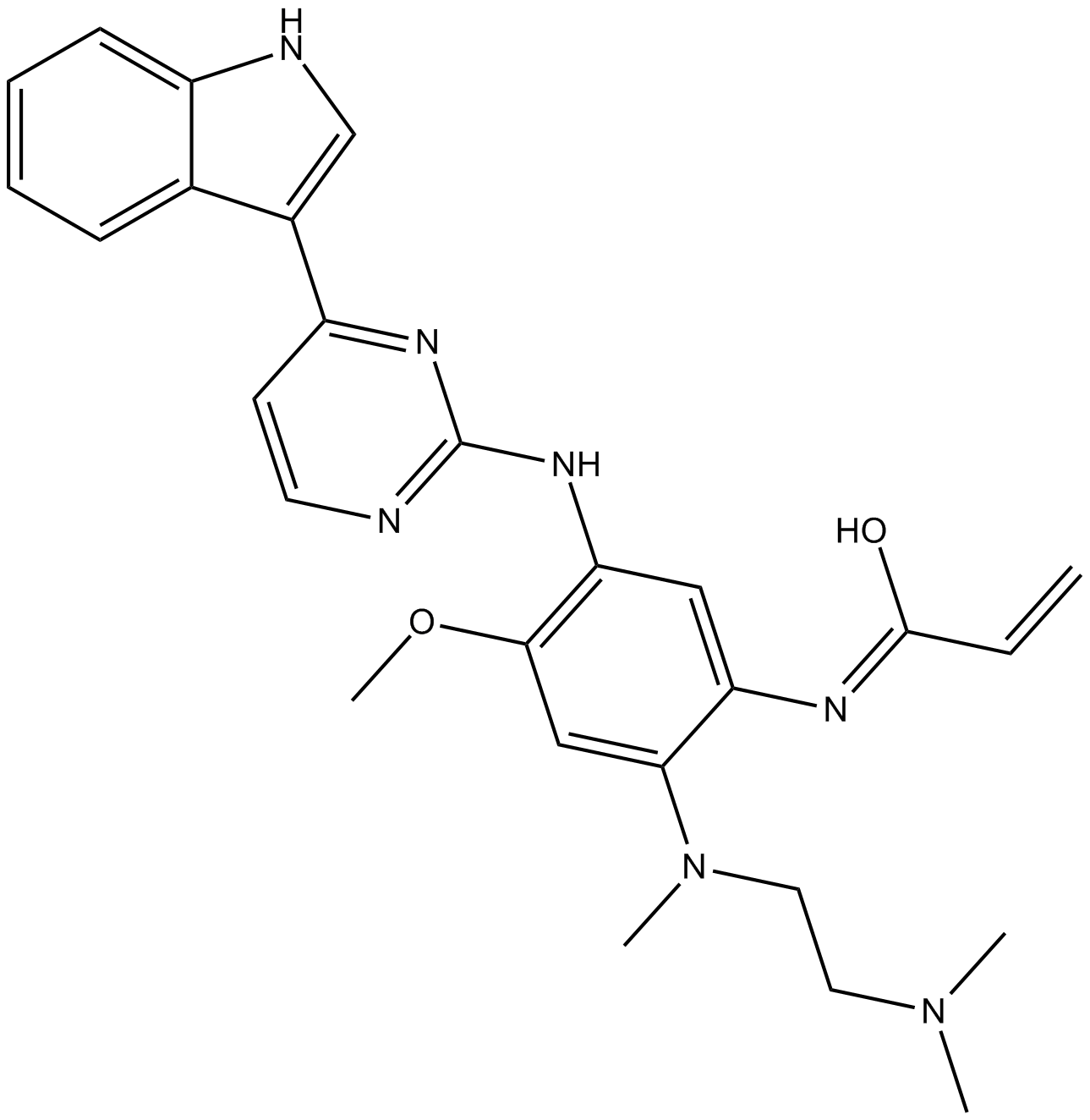
-
GC16308
AZD-9291
AZD-9291 (AZD9291) is a covalent, orally active, irreversible, and mutant-selective EGFR inhibitor with an apparent IC50 of 12 nM against L858R and 1 nM against L858R/T790M, respectively. AZD-9291 overcomes T790M-mediated resistance to EGFR inhibitors in lung cancer.
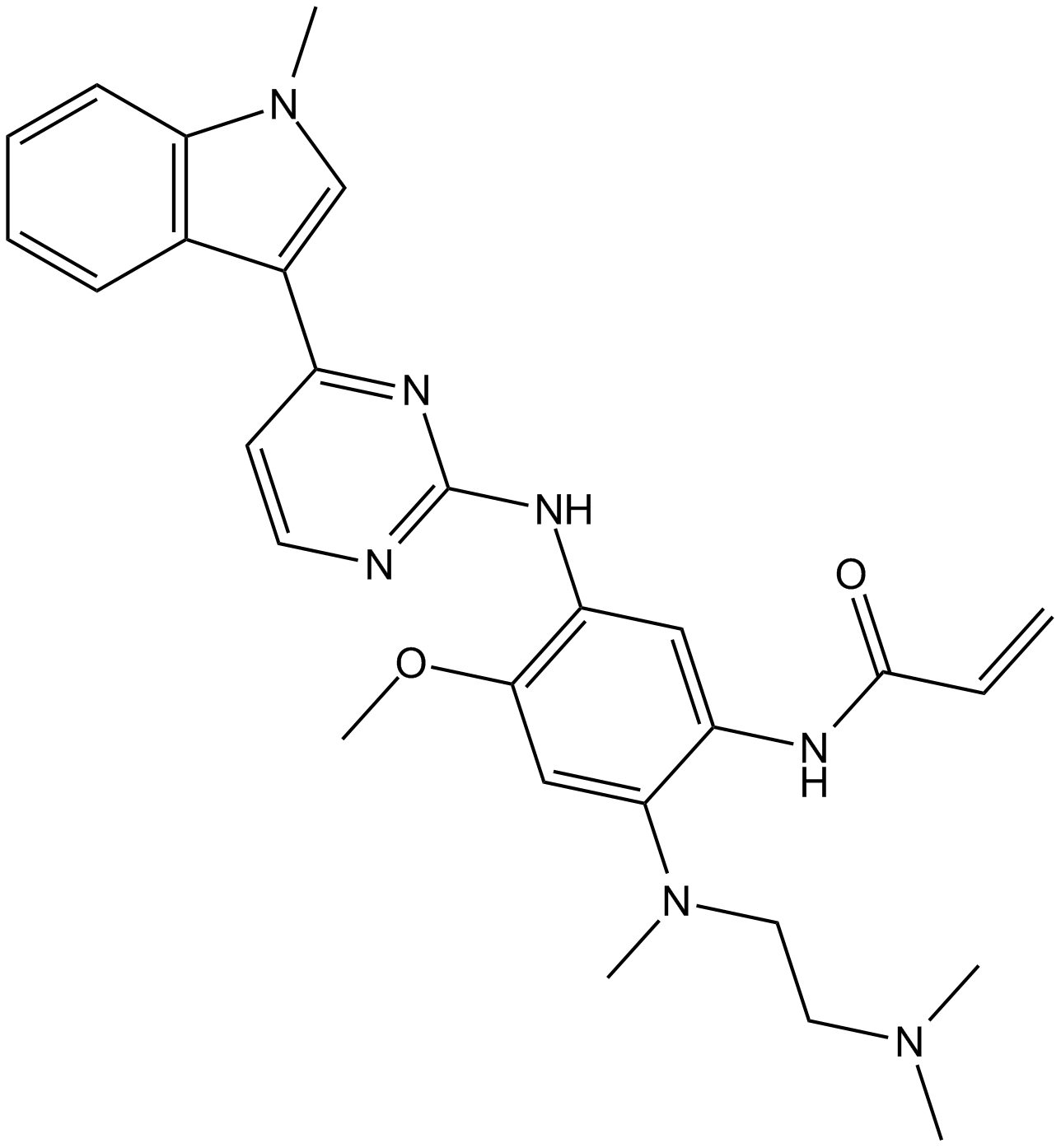
-
GC16698
AZD-9291 mesylate
AZD-9291 mesylate (AZD9291 mesylate) is a covalent, orally active, irreversible, and mutant-selective EGFR inhibitor with an apparent IC50 of 12 nM against L858R and 1 nM against L858R/T790M. Osimertinib overcomes T790M-mediated resistance to EGFR inhibitors in lung cancer.
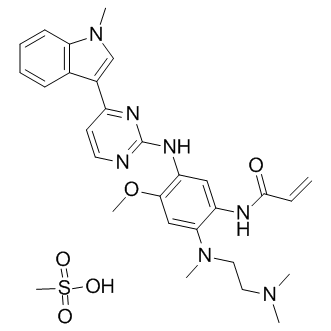
-
GC13143
AZD3759
AZD3759 (AZD3759) is a potent, orally active, central nervous system-penetrant, EGFR inhibitor. At Km ATP concentrations, the IC50s are 0.3, 0.2, and 0.2 nM for EGFRwt, EGFRL858R, and EGFRexon 19Del, respectively.
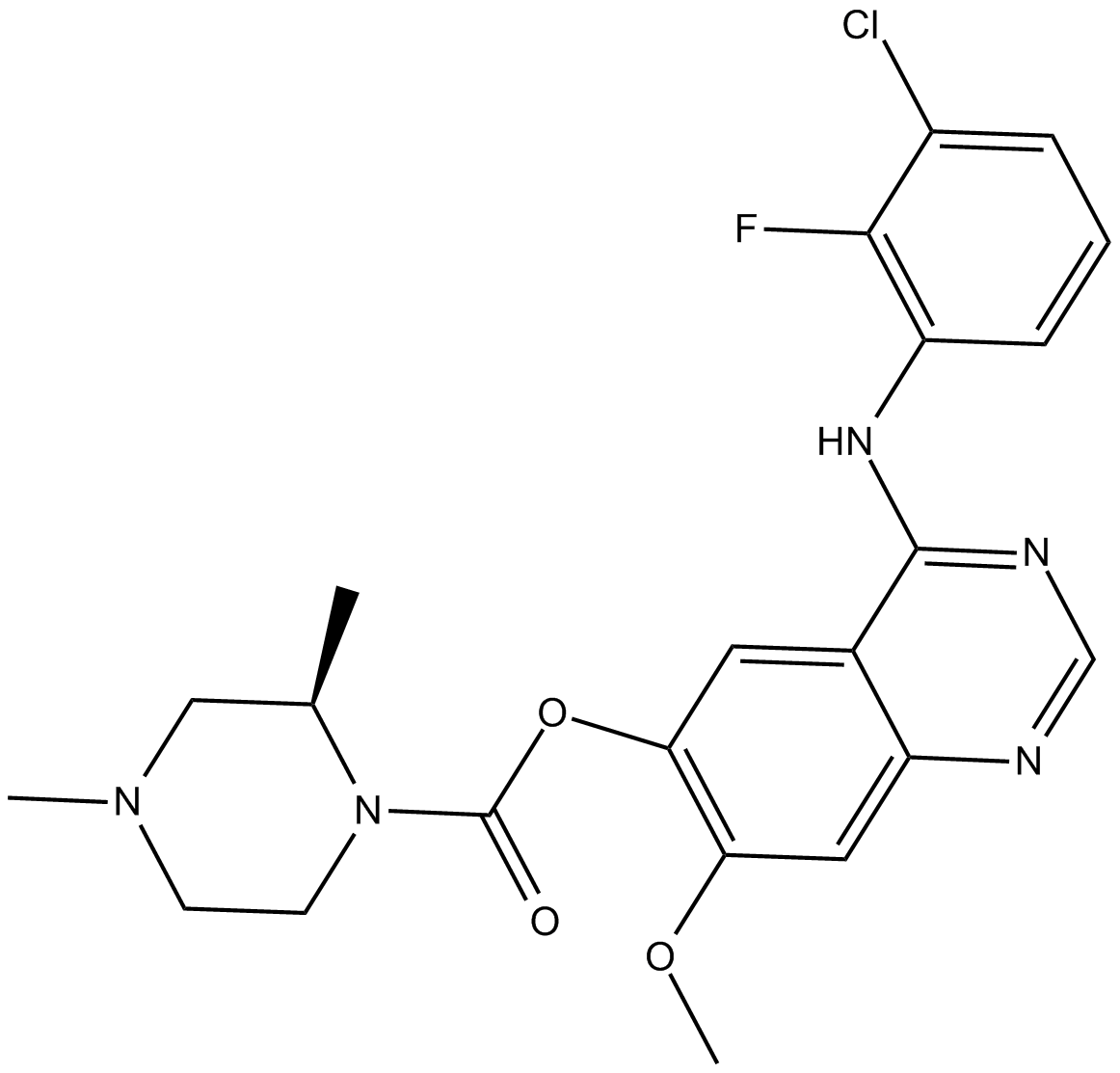
-
GC13761
AZD8931 (Sapitinib)
AZD8931 (Sapitinib) (AZD-8931) is a reversible, ATP competitive EGFR inhibitor of with IC50s of 4, 3 and 4 nM for EGFR, ErbB2 and ErbB3 in cells, respectively.
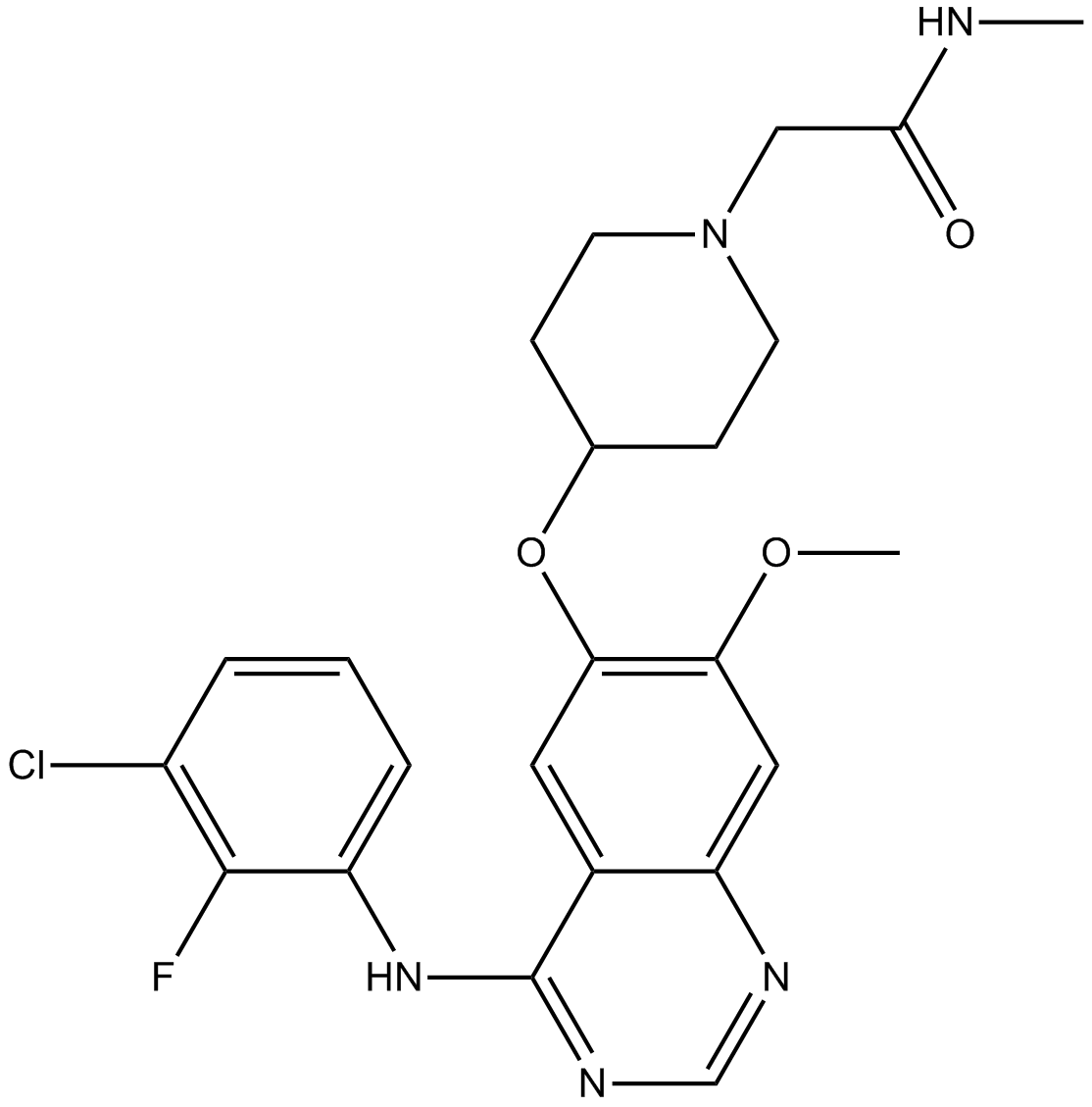
-
GC64302
BAY 2476568
BAY 2476568 is a potent and selective EGFR inhibitor, with IC50s of < 0.2 nM for wild-type EGFR and several mutations (EGFRR ex20insSVD, EGFRR ex20insASV, EGFRR ex20insNPG).
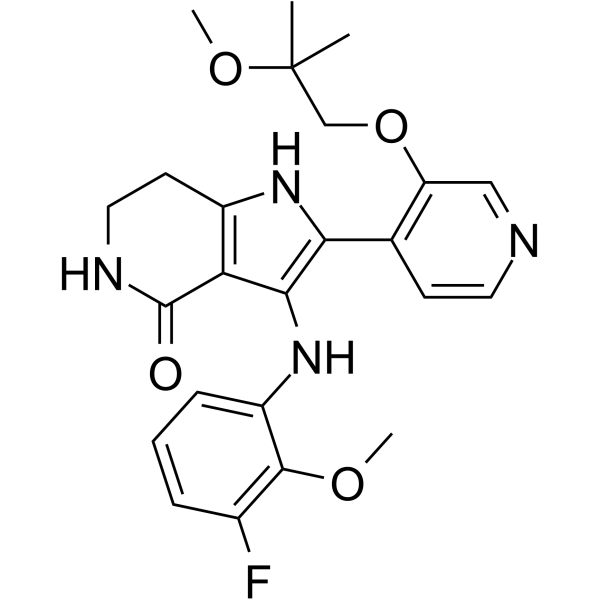
-
GC64017
Befotertinib
Befotertinib (D-0316) is the third-generation EGFR tyrosine kinase inhibitor. Befotertinib can be used for the research of EGFR T790M-positive non-small cell lung cancer (NSCLC).
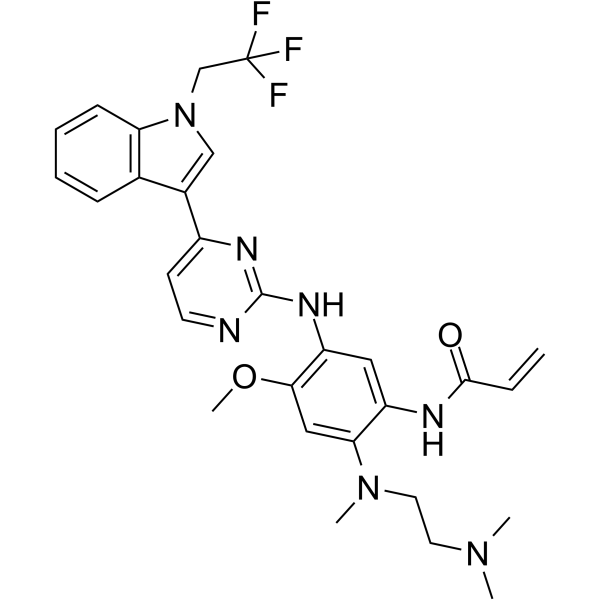
-
GC33172
BGB-102 (JNJ-26483327)
BGB-102 (JNJ-26483327) is a potent multi-kinase inhibitor against EGFR, HER2, and HER4 with IC50s of 9.6 nM, 18 nM and 40.3 nM, respectively.
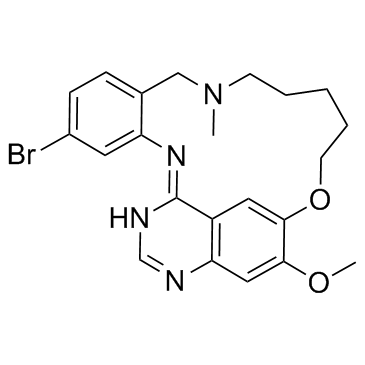
-
GC19066
BGB-283
BGB-283 is a novel and potent Raf Kinase and EGFR inhibitor with IC50 values of 23 and 29 nM for recombinant BRafV600E and EGFR, respectively.
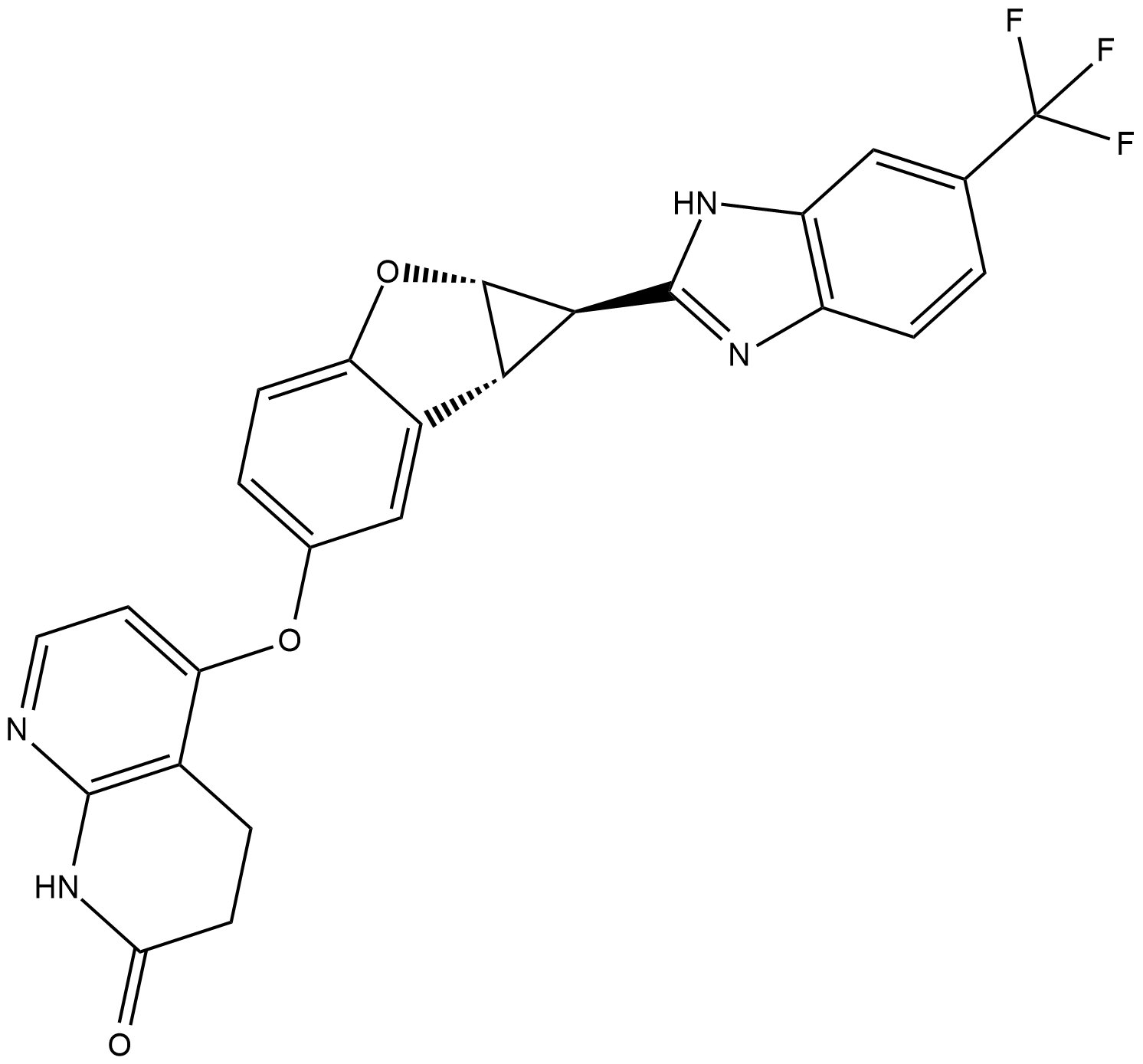
-
GC38402
BI-4020
A fourth-generation and non-covalent EGFR tyrosine kinase inhibitor
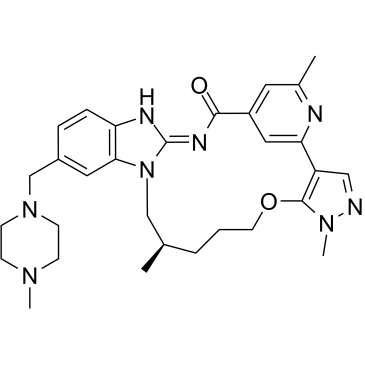
-
GC63910
BLU-945
BLU-945 is a potent, highly selective, reversible and orally active epidermal growth factor receptor (EGFR) tyrosine kinase inhibitor (TKIs). BLU-945 can effectively inhibit EGFR with L858R and/or exon 19 deletion mutation, T790M mutation and C797S mutation. BLU-945 can be used for the research of lung cancer including non-small cell lung cancer (NSCLC).
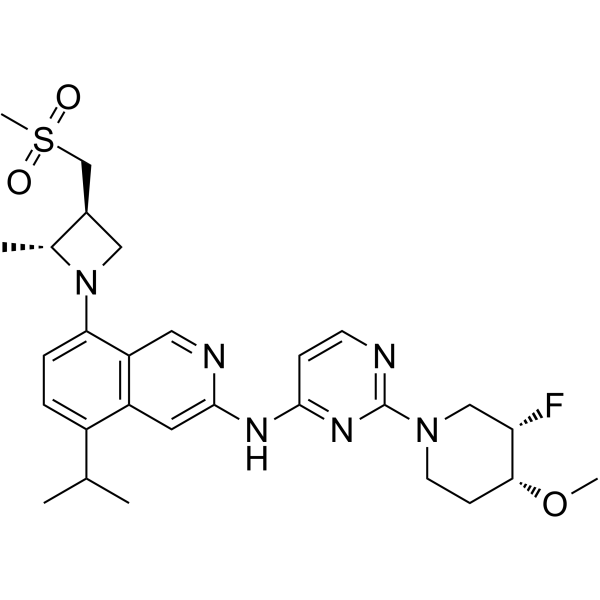
-
GC10944
Butein
Protein kinase inhibitor
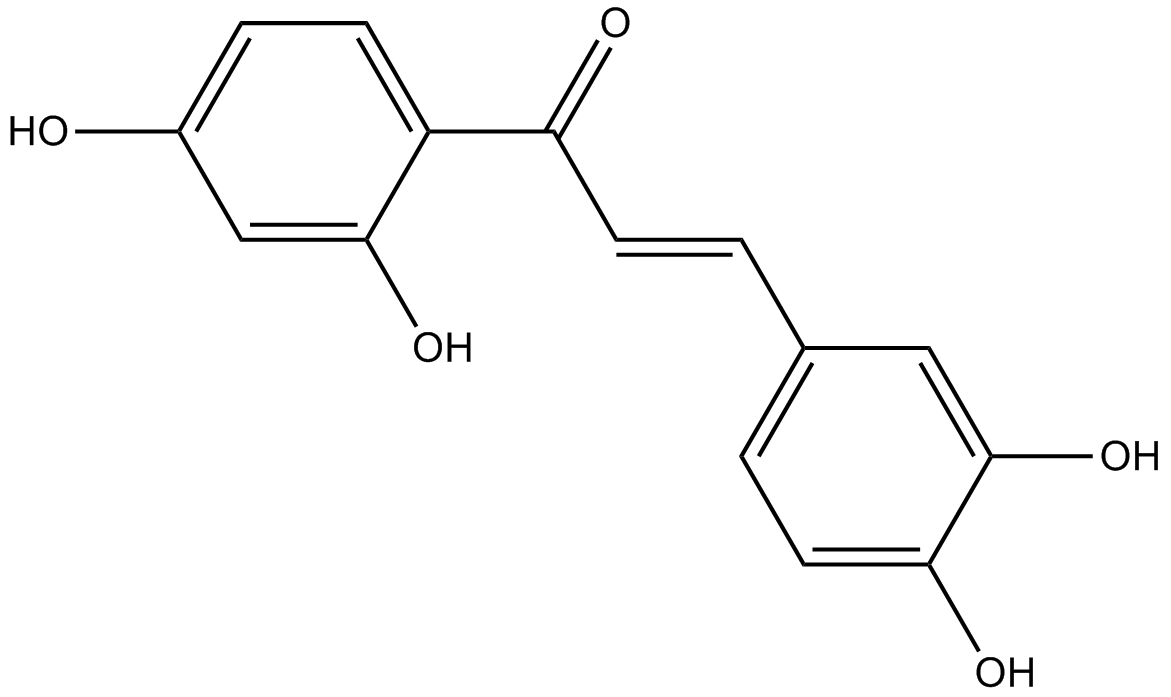
-
GC12910
Canertinib (CI-1033)
Canertinib (CI-1033) (CI-1033;PD-183805) is a potent and irreversible EGFR inhibitor; inhibits cellular EGFR and ErbB2 autophosphorylation with IC50s of 7.4 and 9 nM.
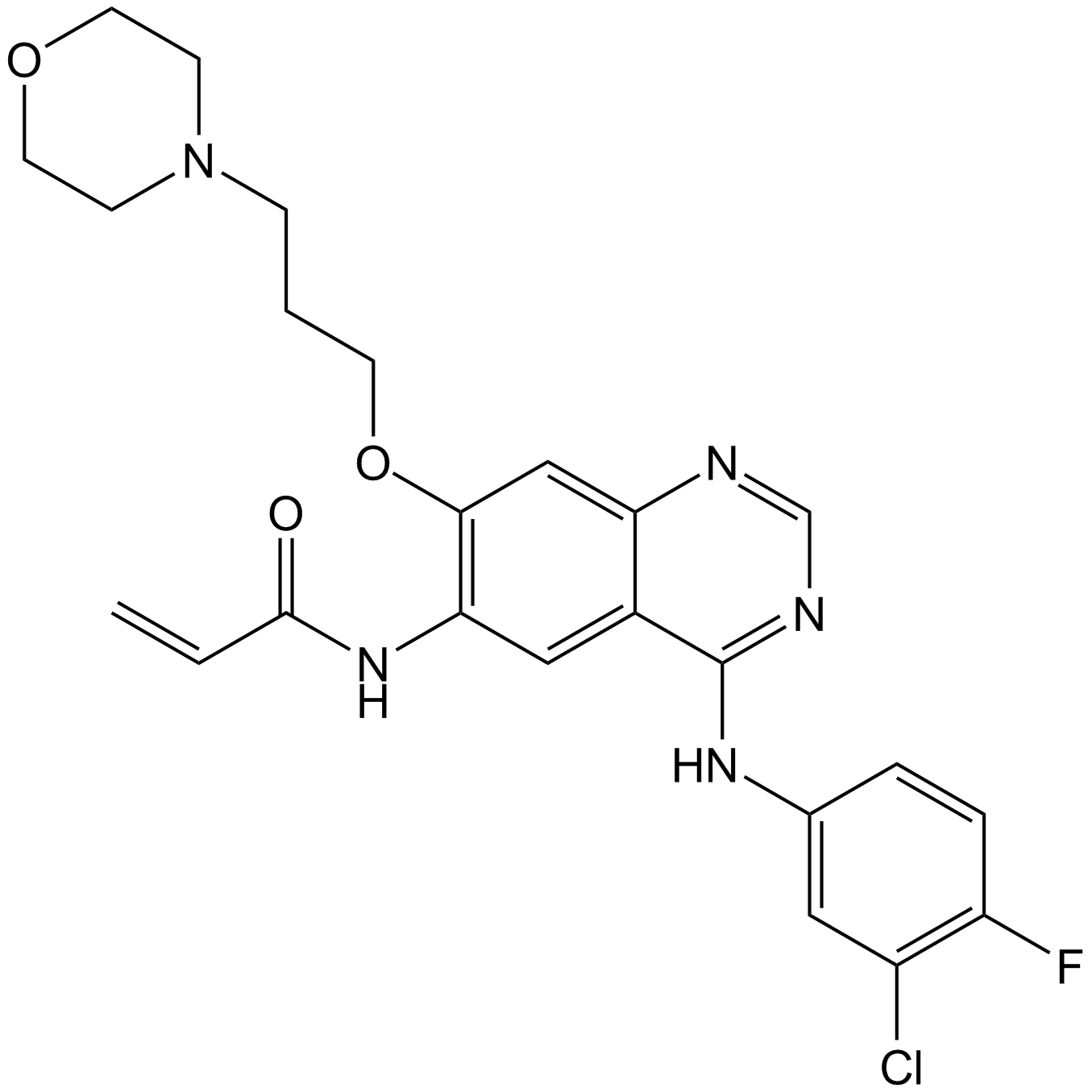
-
GC34217
Cetuximab (C225)
Cetuximab (C225) (C225) is a human IgG1 monoclonal antibody that inhibits epidermal growth factor receptor (EGFR), with a Kd of 0.201 nM for EGFR by SPR. Cetuximab (C225) has potent antitumor activity.

-
GC15950
CGP 52411
EGFR inhibitor
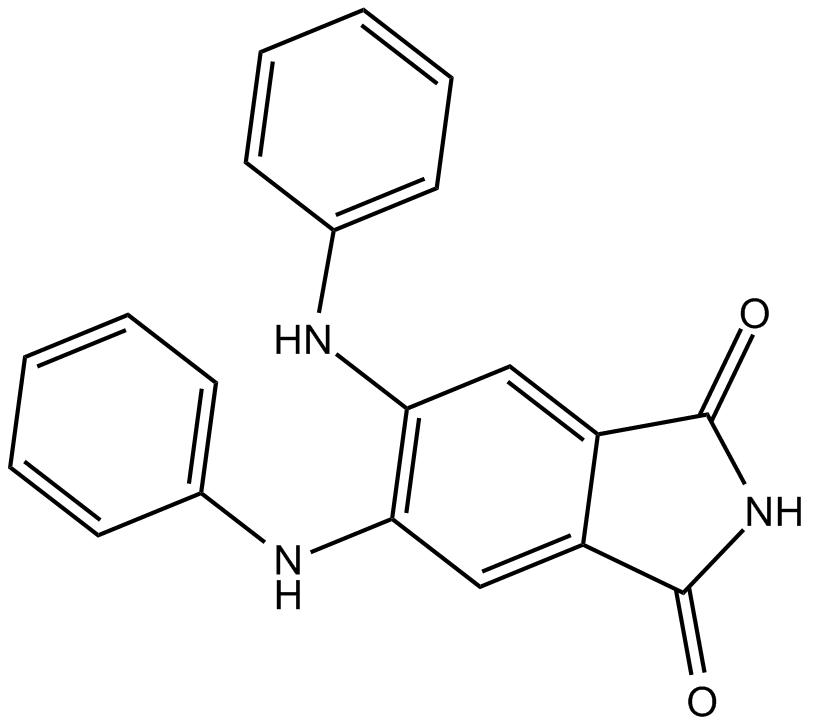
-
GC25219
CH7233163
CH7233163 is a non-covalent ATP competitive inhibitor of EGFR-tyrosine kinase with antitumor activities against tumor with EGFR-Del19/T790M/C797S.
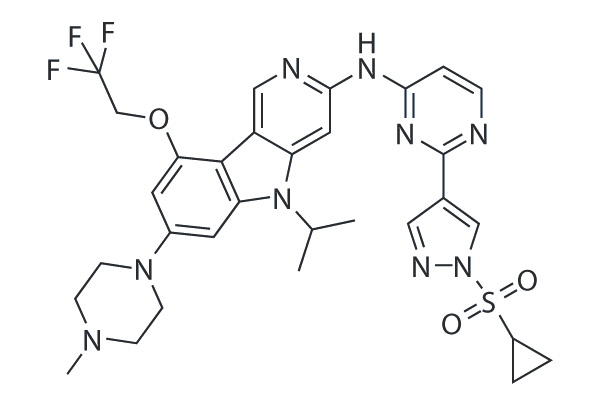
-
GC35684
CHMFL-EGFR-202
CHMFL-EGFR-202 is a potent, irreversible inhibitor of epidermal growth factor receptor (EGFR) mutant kinase, with IC50s of 5.3 nM and 8.3 nM for drug-resistant mutant EGFR T790M and WT EGFR kinases, respectively. CHMFL-EGFR-202 exhibits ?10-fold selectivity for EGFR L858R/T790M against the EGFR wild-type in cells. CHMFL-EGFR-202 adopts a covalent “DFG-in-C-helix-out” inactive binding conformation with EGFR, with strong antiproliferative effects against EGFR mutant-driven nonsmall-cell lung cancer (NSCLC) cell lines.
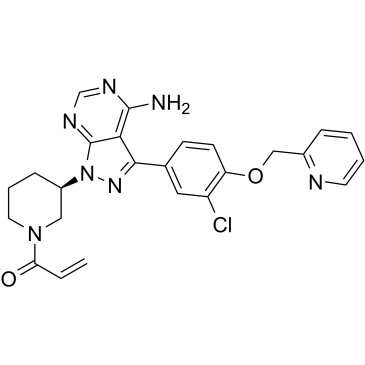
-
GC17790
CL-387785 (EKI-785)
CL-387785 (EKI-785)(EKI785; WAY-EKI 785) is an irreversible inhibitor of EGFR with IC50 of 370 pM.
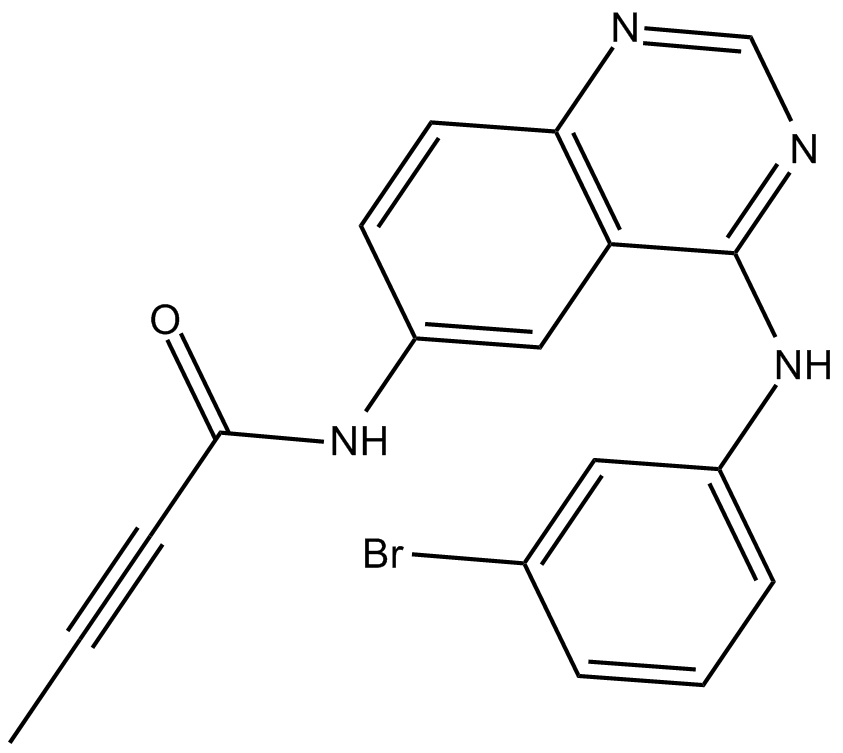
-
GC11264
CNX-2006
mutant-EGFR inhibitor, selective and irreversible
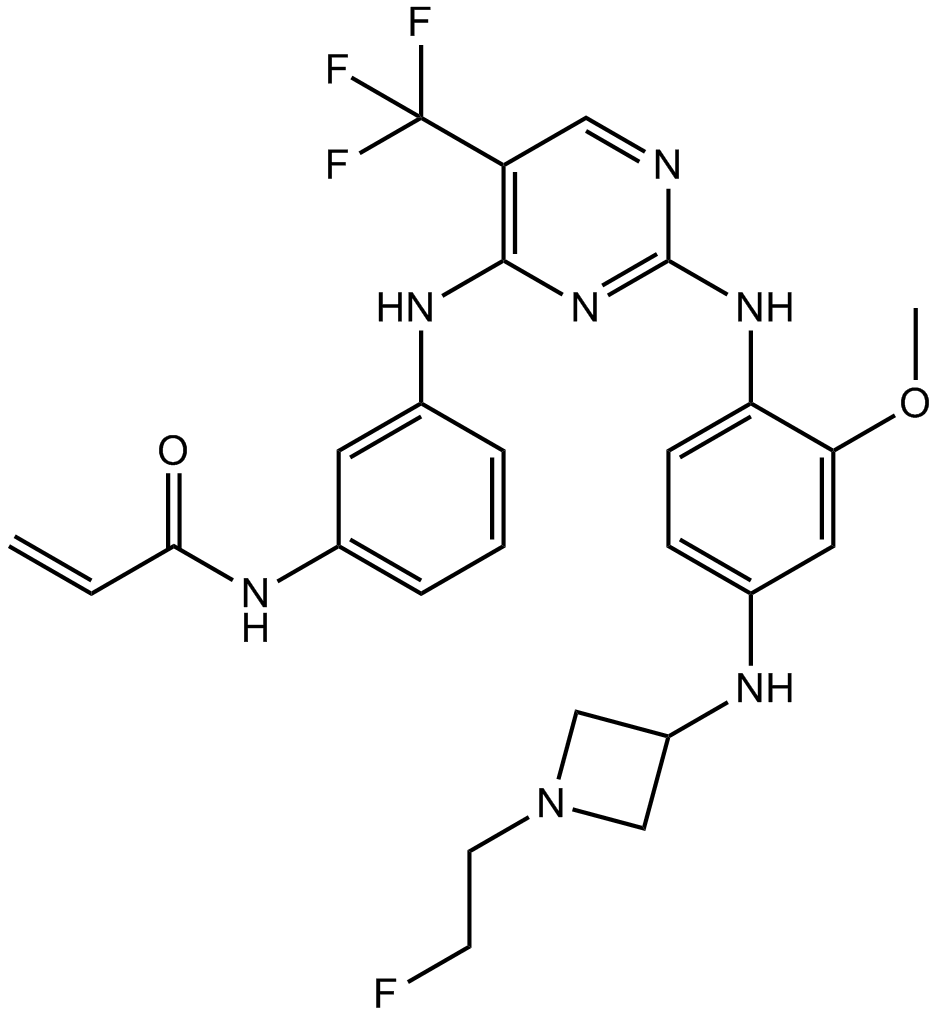
-
GC13091
CP-724714
HER2 inhibitor,potent and selective
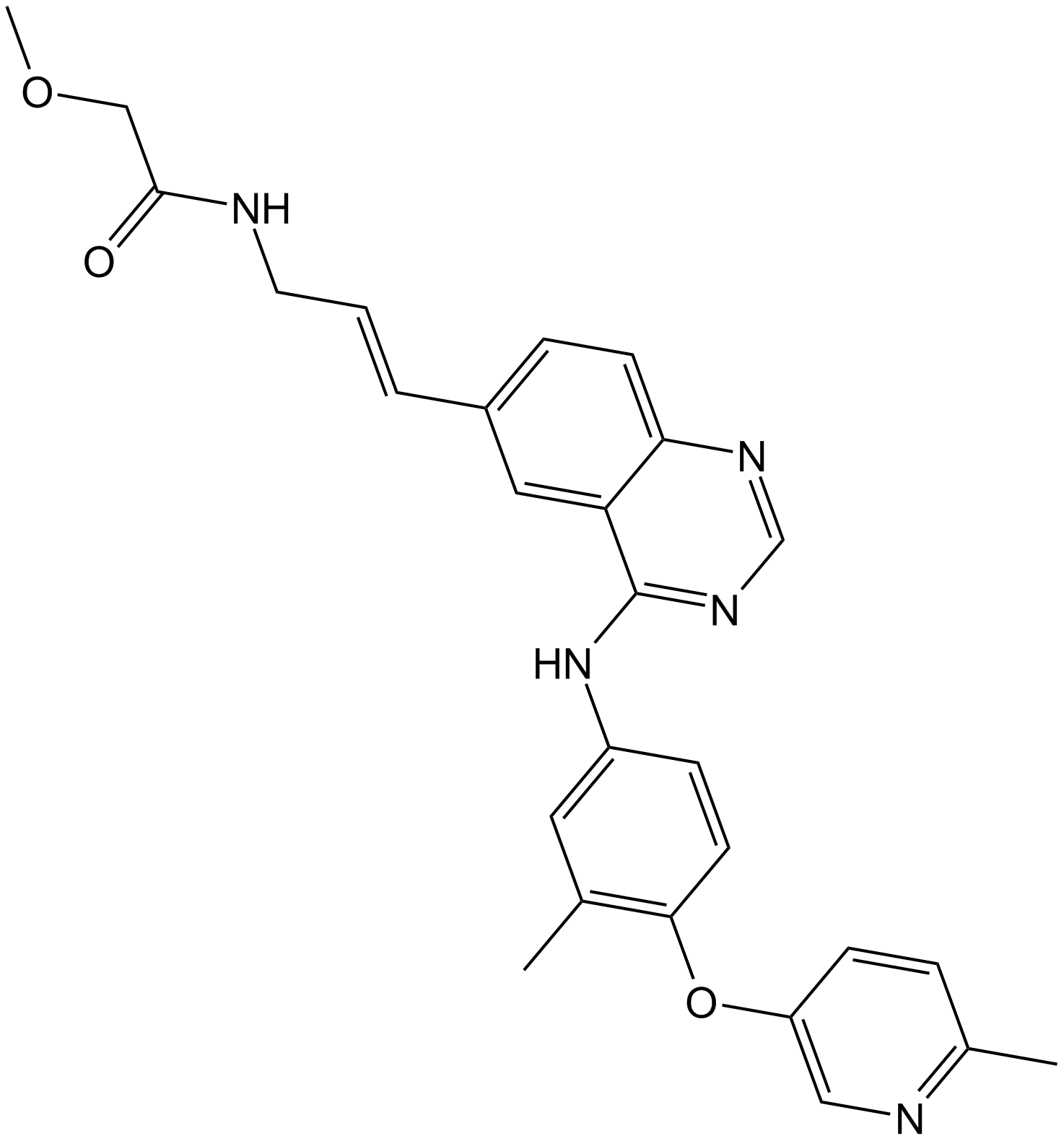
-
GC38180
Cyasterone
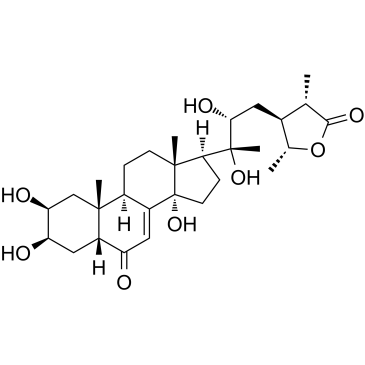
-
GC10225
Dacomitinib (PF299804, PF299)
Dacomitinib (PF299804, PF299) (PF-00299804) is a specific and irreversible inhibitor of the ERBB family of kinases with IC50s of 6 nM, 45.7 nM and 73.7 nM for EGFR, ERBB2, and ERBB4, respectively.
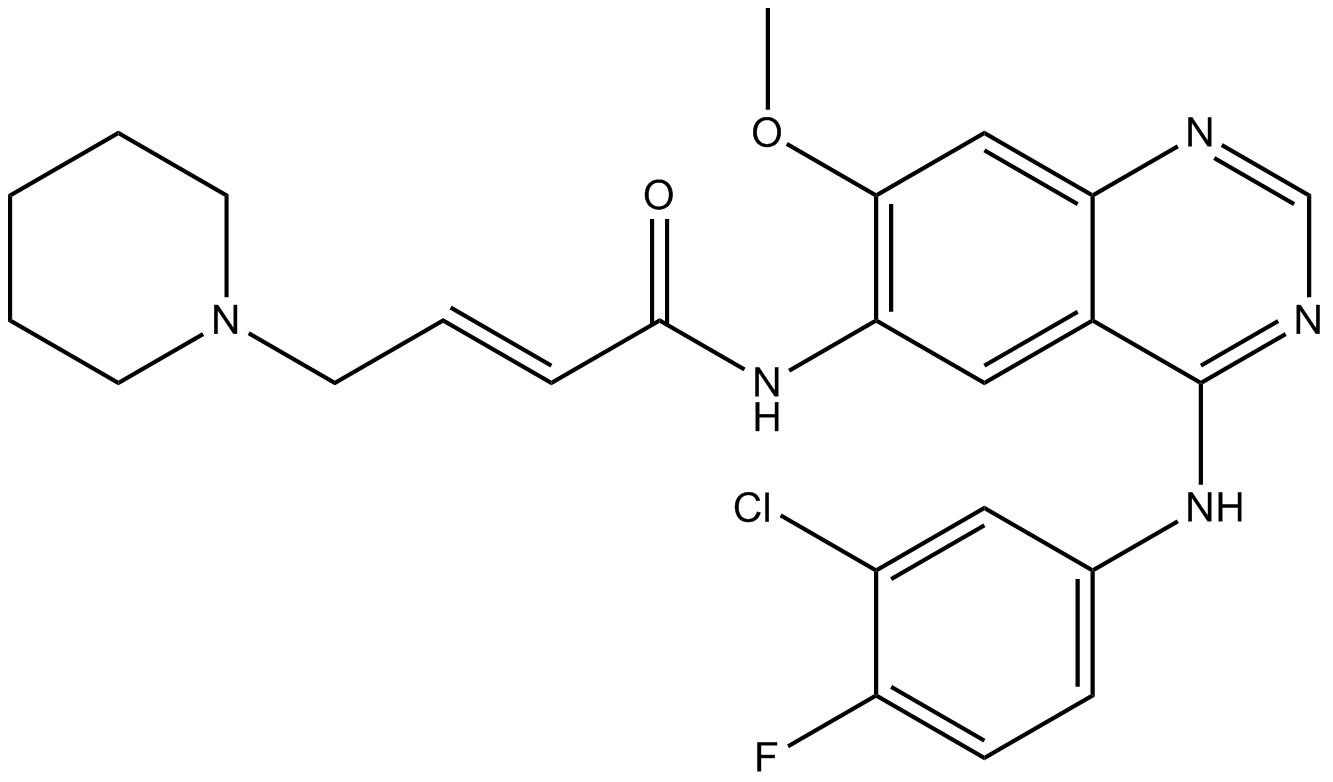
-
GC64039
Disitamab vedotin
Disitamab vedotin (RC48) is an antibody-drug conjugate (ADC) comprising a monoclonal antibody against human epidermal growth factor receptor 2 (HER2) conjugated via a cleavable linker to the cytotoxic agent Monomethyl auristatin E (MMAE). Disitamab vedotin enhances antitumor immunity.
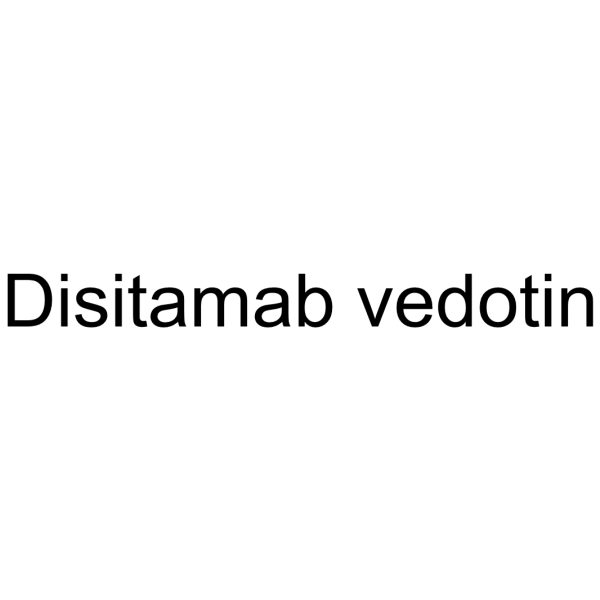
-
GC66432
EAI001
EAI001 is a potent, selective mutant epidermal growth factor receptor (EGFR) allosteric inhibitor with an IC50 value of 24 nM for EGFRL858R/T790M. EAI001 can be used for research of cancer.
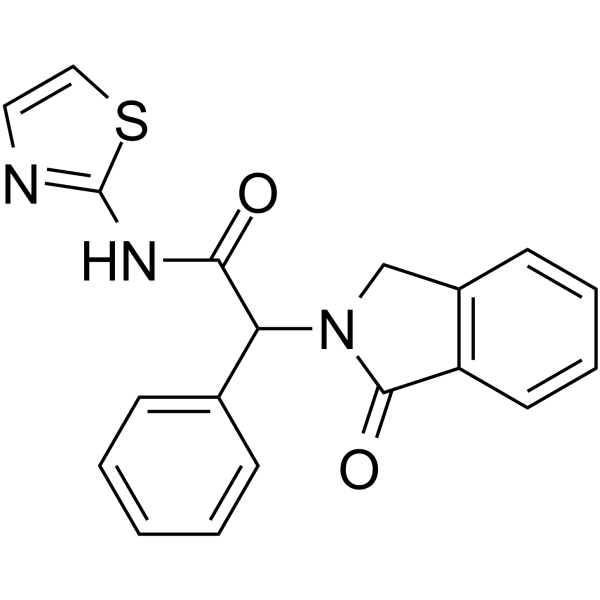
-
GC12281
EAI045
Inhibitor of L858R/T790M EGFR mutants
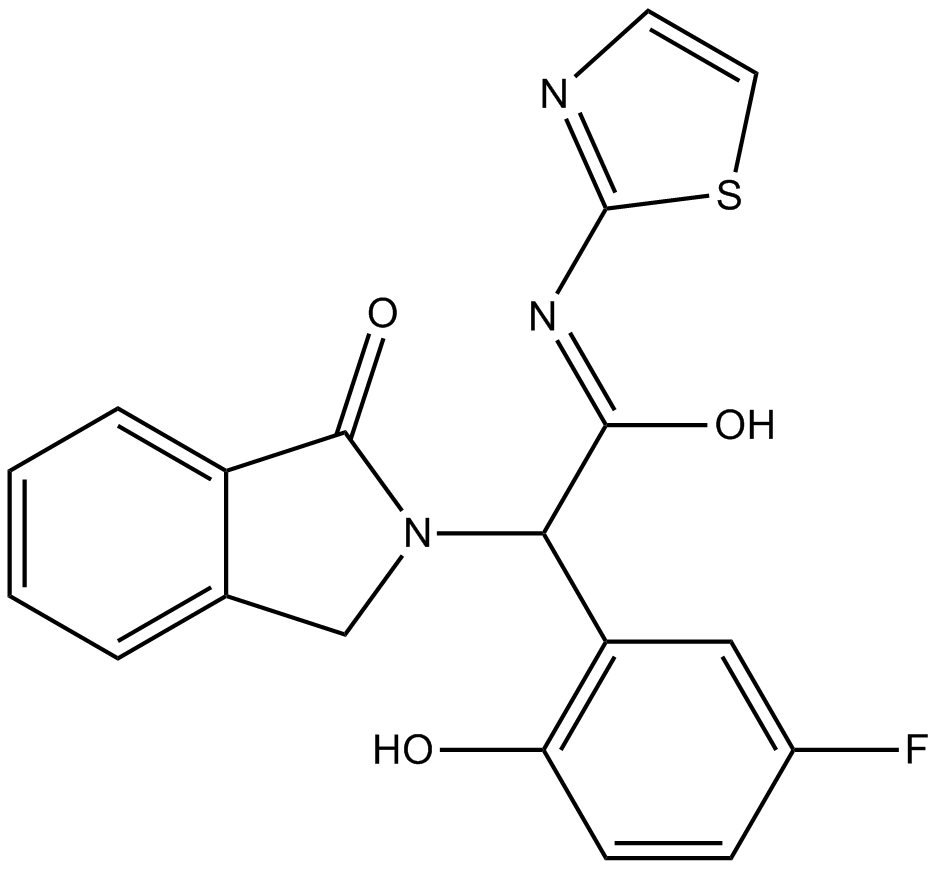
-
GC16321
EGF816
EGF816 (EGF816) is a covalent mutant-selective EGFR inhibitor, with Ki and Kinact of 31 nM and 0.222 min-1 on EGFR(L858R/790M) mutant, respectively.
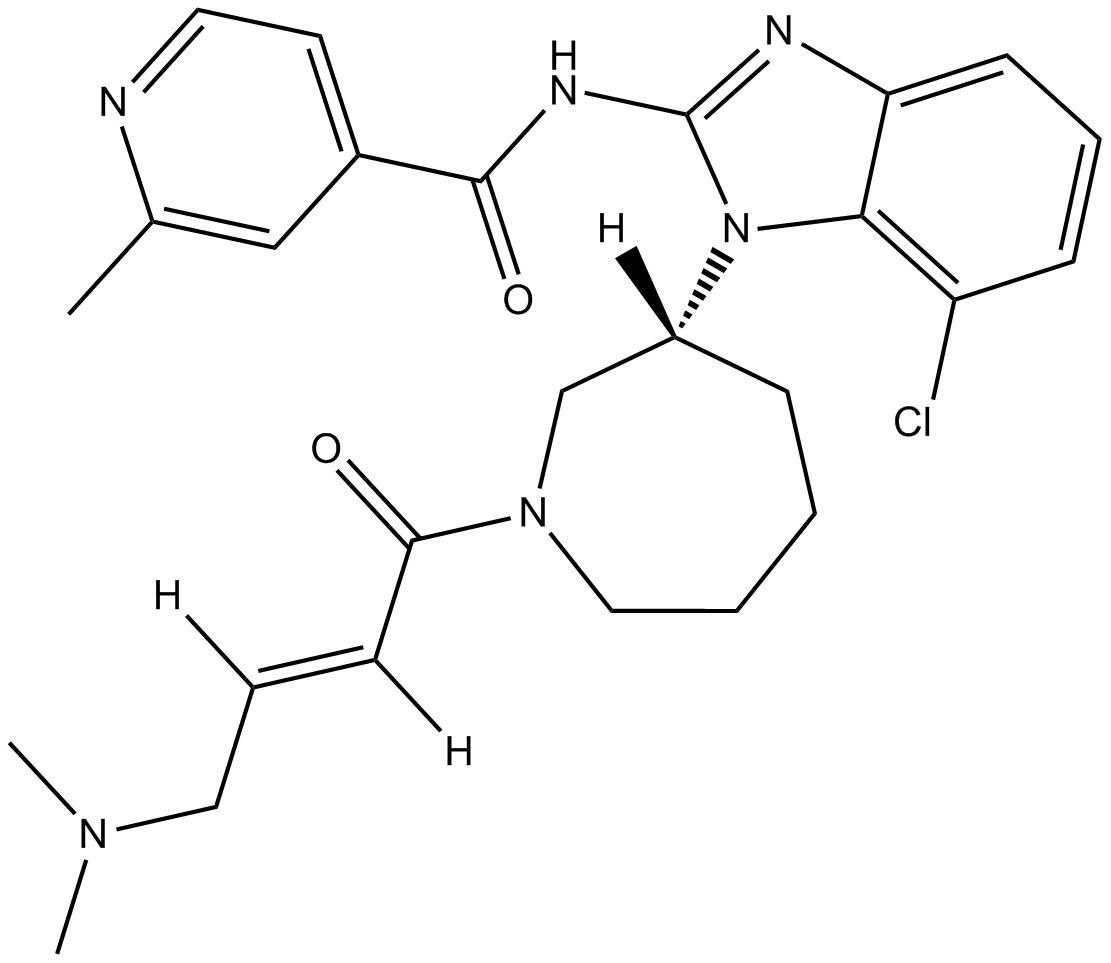
-
GC35965
EGFR mutant-IN-1
EGFR mutant-IN-1, a 5-methylpyrimidopyridone derivative, is a potent and selective EGFRL858R/T790M/C797S mutant inhibitor with an IC50 of 27.5 nM, while being a significantly less potent for EGFRWT (IC50 >1.0 μM).
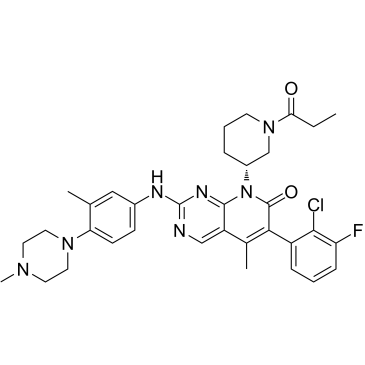
-
GC65572
EGFR Protein Tyrosine Kinase Substrate
EGFR Protein Tyrosine Kinase Substrate is a EGFR protein tyrosine kinase substrate.
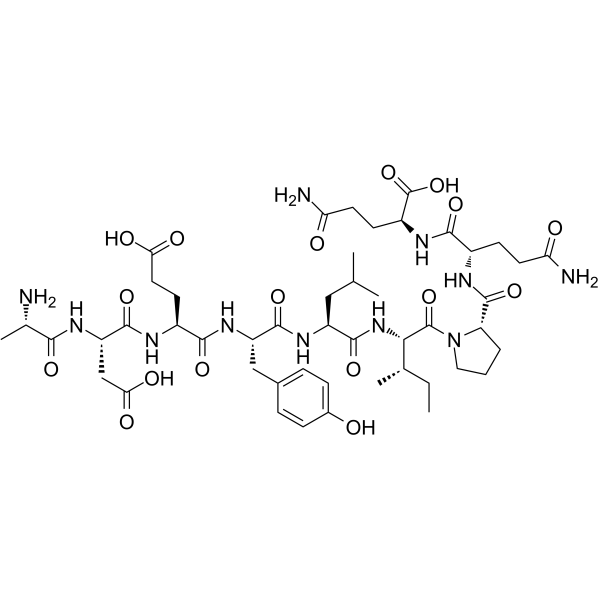
-
GC64497
EGFR-IN-17
EGFR-IN-17 is a potent and selective inhibitor of the epidermal growth factor receptor ( IC50 0.0002 μM) to overcome C797S-mediated resistance.
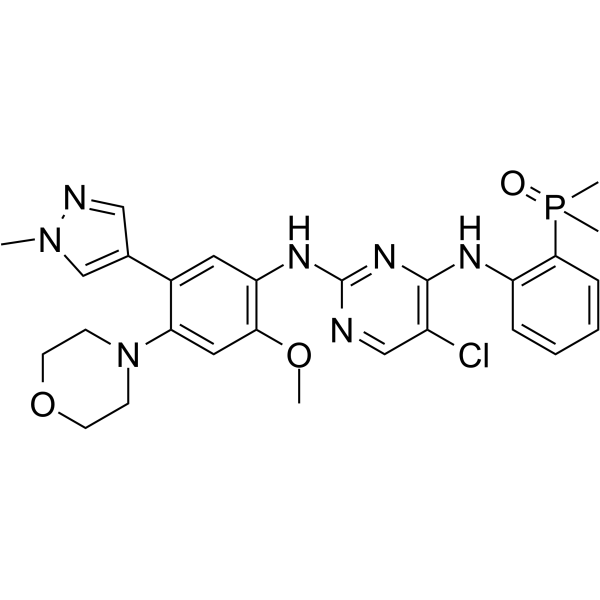
-
GC33195
EGFR-IN-2
EGFR-IN-2 is a a noncovalent, irreversible, mutant-selective second generation EGFR inhibitor.
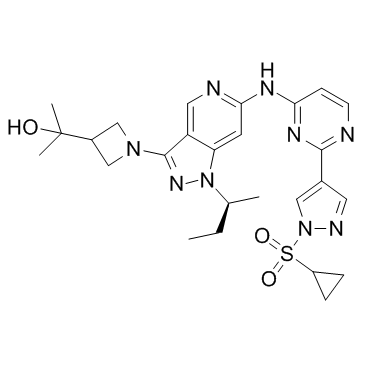
-
GC19132
EGFR-IN-3
EGFR-IN-3 is a third-generation EGFR TKI, with GI50 values of 5 nM (EGFR L858R/T790M), 10 nM (EGFR del19) and 689 nM (EGFR WT), respectively. EGFR-IN-3 has the potential for NSCLC research.
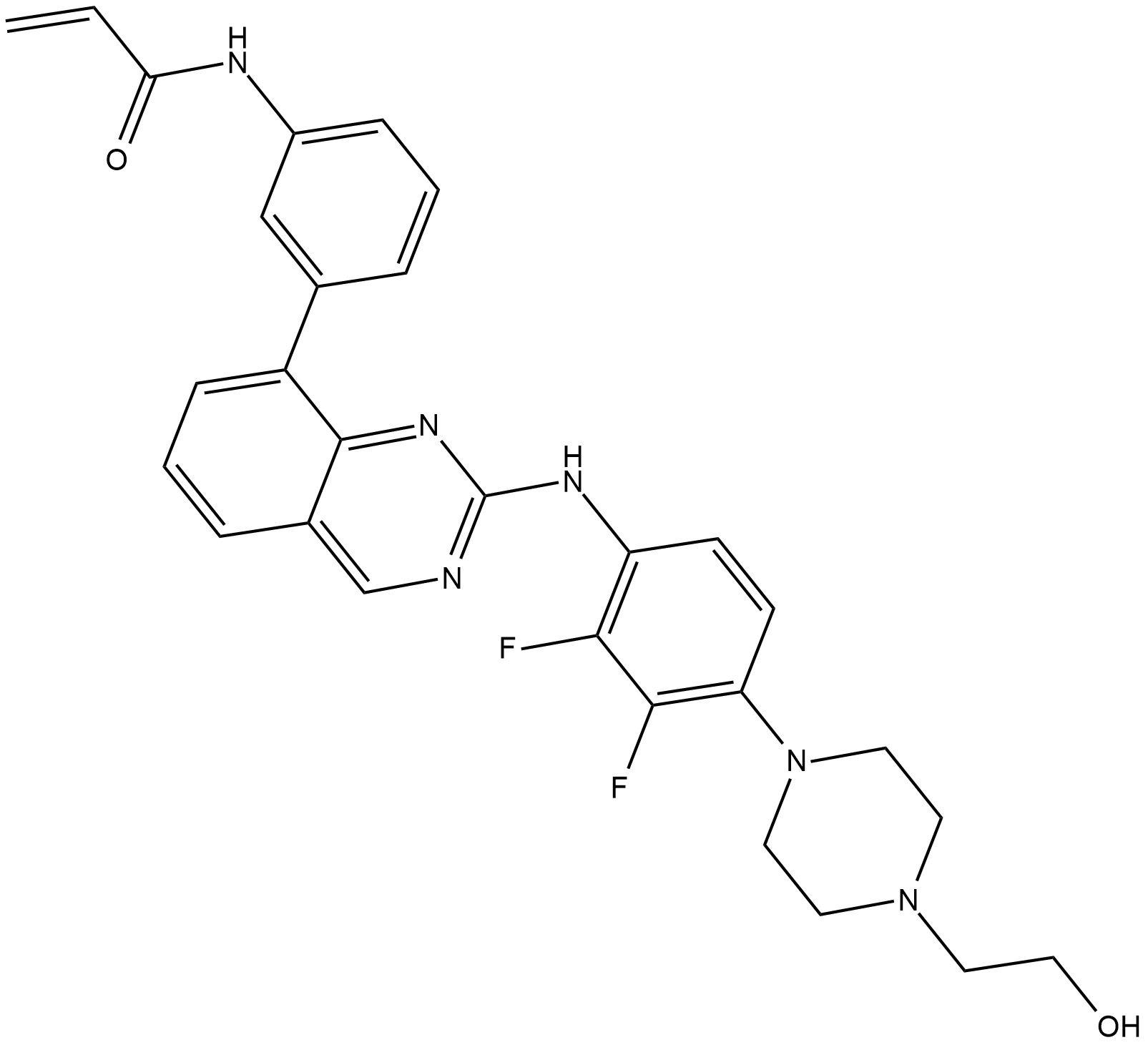
-
GC66428
EGFR-IN-5
EGFR-IN-5 is a EGFR inhibitor with IC50s of 10.4, 1.1, 34, 7.2 nM for EGFR, EGFRL858R, EGFRL858R/T790M, and EGFRL858R/T790M/C797S, respectively.
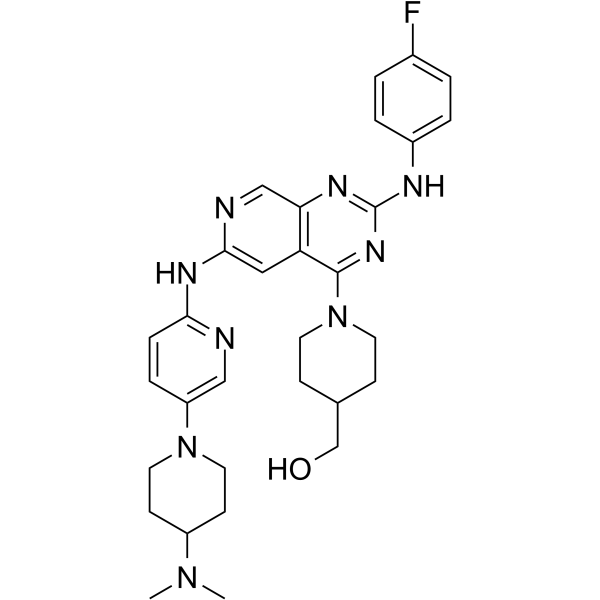
-
GC68440
EGFR-IN-69

-
GC35966
EGFR-IN-7
EGFR-IN-7 is a potent, selective and orally active EGFR kinase inhibitor. EGFR-IN-7 has inhibitory effect for for EGFR (WT) and EGFR (mutant C797S/T790M/L858R) with IC50 values of 7.92 nM and 0.218 nM, respectively. EGFR-IN-7 shows anti-tumor activity. EGFR-IN-7 can be used for the research of various cancers.
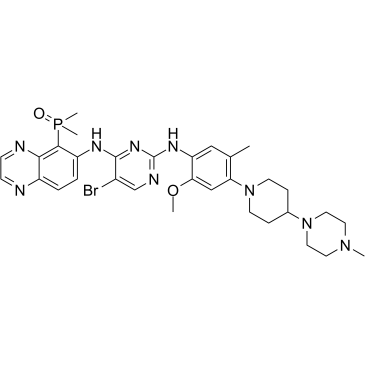
-
GC65974
EGFR-IN-9
EGFR-IN-9 (Compound 8) is a potent EGFR kinase inhibitor with IC50s of 7 nM, 28 nM for the wild type EGFR kinase and double mutant EGFR kinase (L858R/T790M). EGFR-IN-9 has antitumor activity.
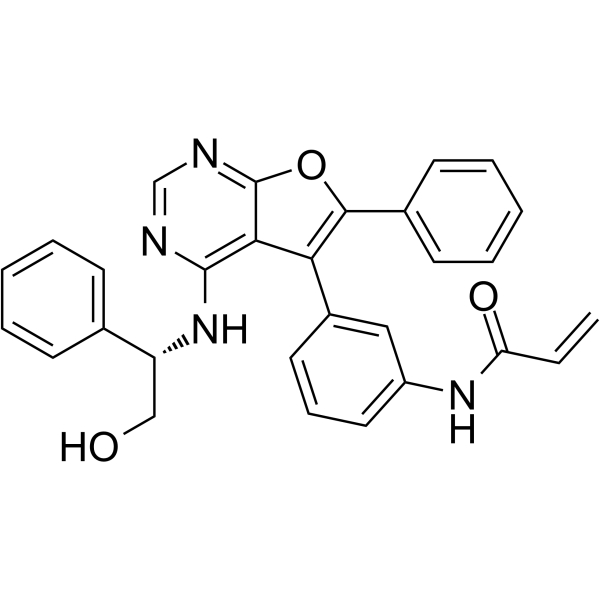
-
GC33048
Epertinib (S-22611)
Epertinib (S-22611) (S-22611) is a potent, oral, reversible, and selective tyrosine kinase inhibitor of EGFR, HER2 and HER4, with IC50s of 1.48 nM, 7.15 nM and 2.49 nM, respectively. Epertinib (S-22611) shows potent antitumor activity.
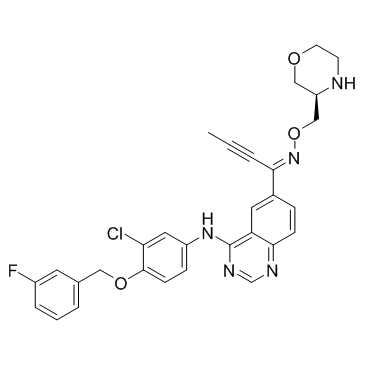
-
GC38350
Epertinib hydrochloride
Epertinib hydrochloride (S-22611 hydrochloride) is a potent, orally active, reversible, and selective tyrosine kinase inhibitor of EGFR, HER2 and HER4, with IC50s of 1.48 nM, 7.15 nM and 2.49 nM, respectively. Epertinib hydrochloride shows potent antitumor activity.
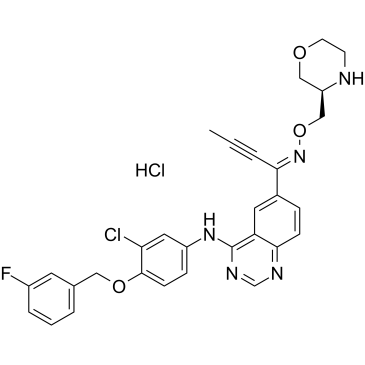
-
GC36003
Erlotinib mesylate
EGFR inhibitor
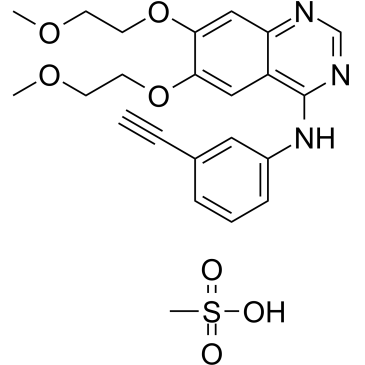
-
GC65992
FGFR2-IN-3
FGFR2-IN-3 is an orally active selective inhibitor of FGFR2.
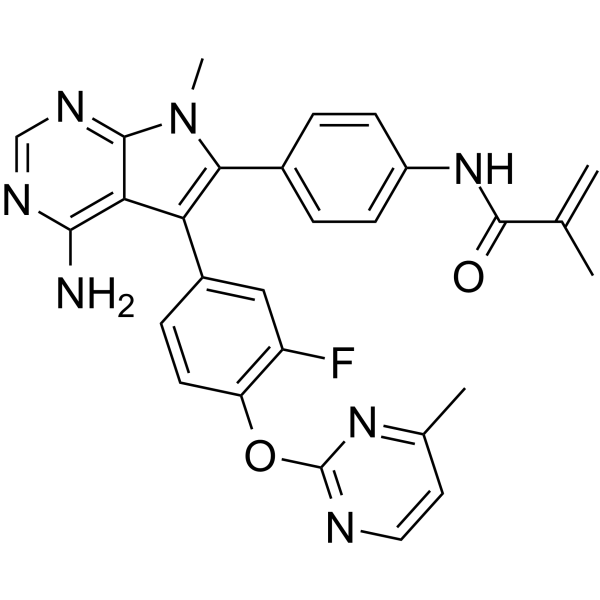
-
GC65991
FGFR2-IN-3 hydrochloride
FGFR2-IN-3 hydrochloride is an orally active selective inhibitor of FGFR2.
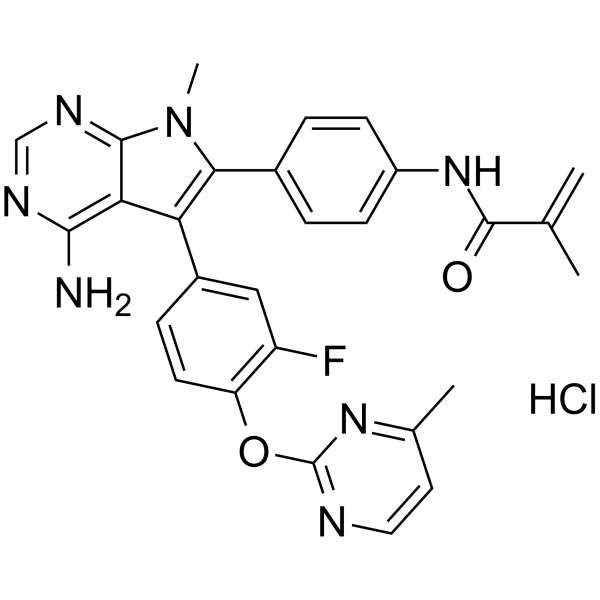
-
GC36044
FIIN-3
FIIN-3 is an irreversible inhibitor of FGFR with an IC50 of 13.1, 21, 31.4, and 35.3 nM for FGFR1, FGFR2, FGFR3 and FGFR4, respectively.
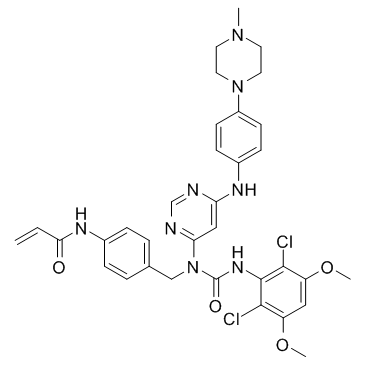
-
GC19509
Gefitinib-based PROTAC 3
A VHL-recruiting PROTAC
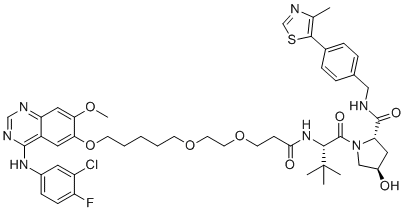
-
GC14102
Genistein
Genistein is an isoflavone belonging to the flavonoid group of compounds and is found in a number of plants.
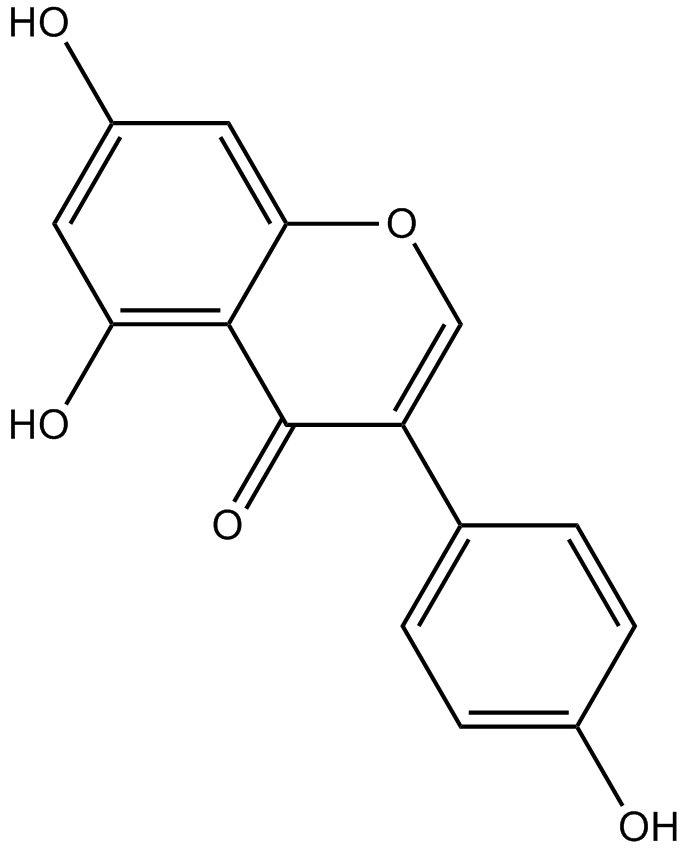
-
GC33053
HS-10296 hydrochloride
Almonertinib (HS-10296) hydrochloride is an orally available, irreversible, third-generation EGFR tyrosine kinase inhibitor with high selectivity for EGFR-sensitizing and T790M resistance mutations. HS-10296 hydrochloride shows great inhibitory activity against T790M, T790M/L858R and T790M/Del19 (IC50: 0.37, 0.29 and 0.21 nM, respectively), and is less effective against wild type (3.39 nM). HS-10296 hydrochloride is used for the research of the non-small cell lung cancer.
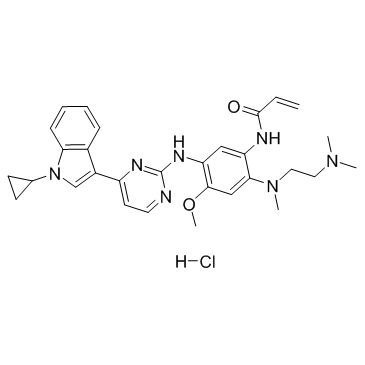
-
GC17982
Icotinib
EGFR tyrosine kinase inhibitor
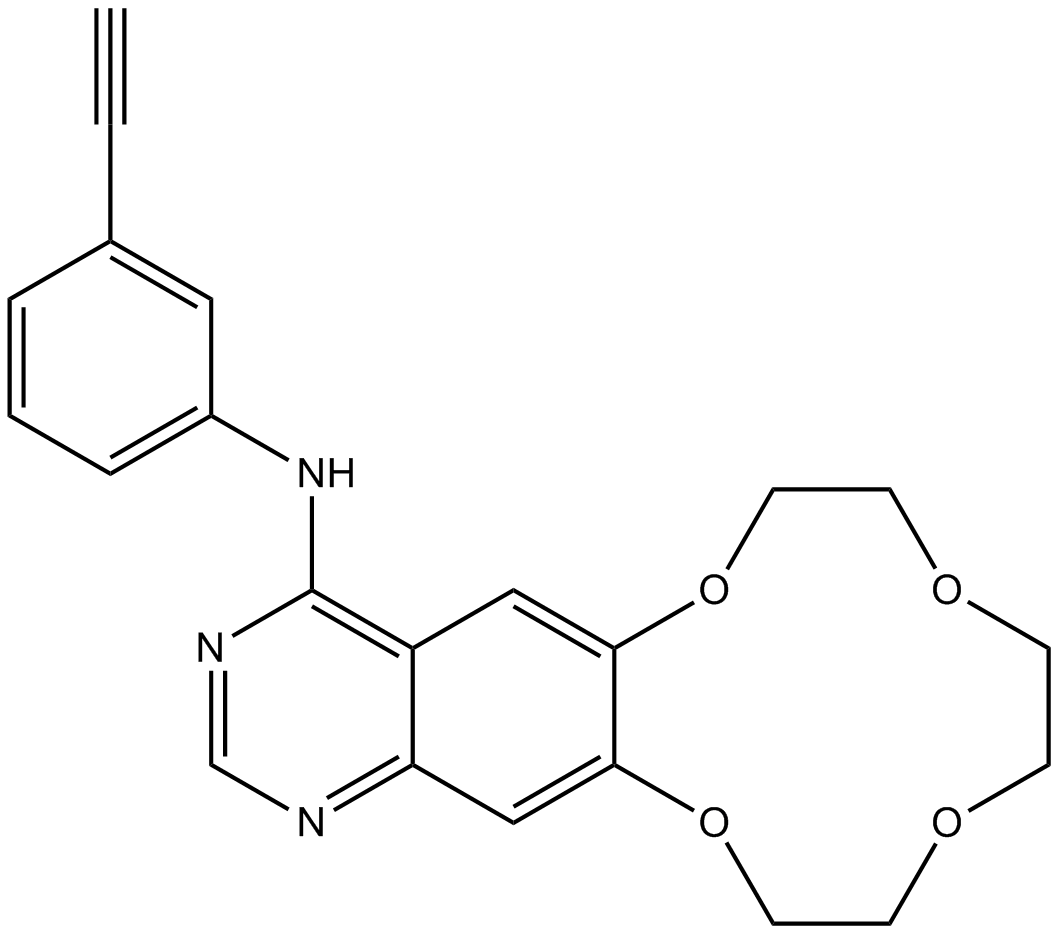
-
GC67690
JBJ-09-063 hydrochloride
JBJ-09-063 hydrochloride is a mutation selective allosteric EGFR inhibitor
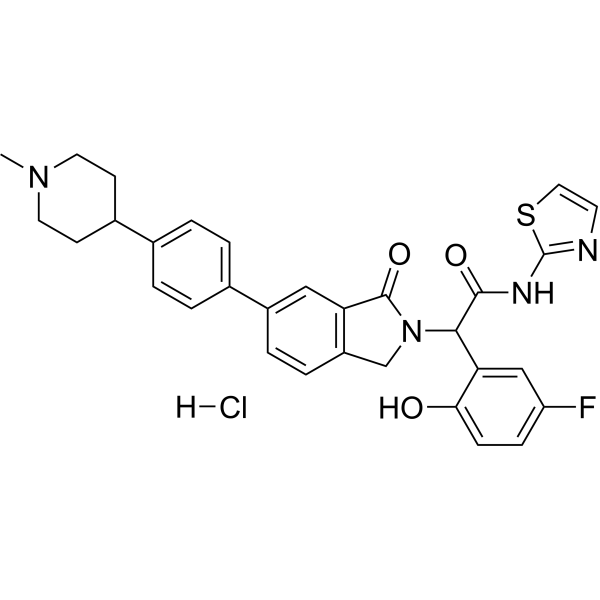
-
GC67860
JBJ-09-063 TFA

-
GC65436
JND3229
JND3229 is a reversible EGFRC797S inhibitor with IC50 values of 5.8, 6.8 and 30.5 nM for EGFRL858R/T790M/C797S, EGFRWT and EGFRL858R/T790M, respectively. JND3229 has good anti-proliferative activity and can effectively inhibit tumour growth in vivo. JND3229 can be used in cancer research, especially in non-small cell carcinoma.
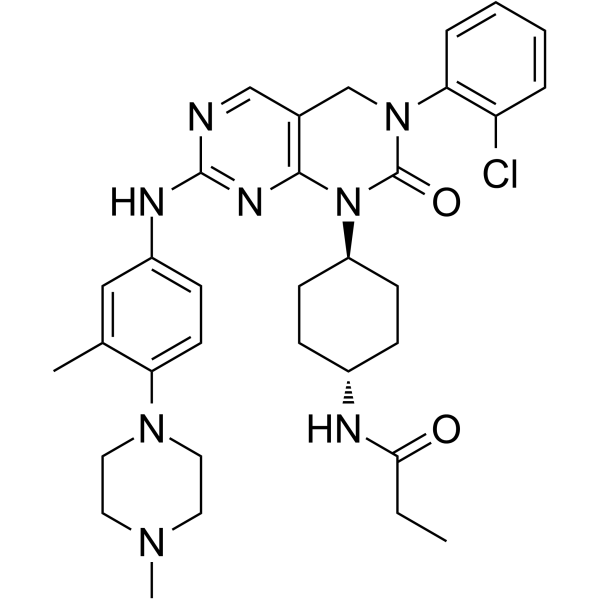
-
GC25559
Lapatinib (GW-572016) Ditosylate
Lapatinib (GW-572016) Ditosylate is a potent EGFR and ErbB2 inhibitor with IC50 of 10.8 and 9.2 nM in cell-free assays, respectively.
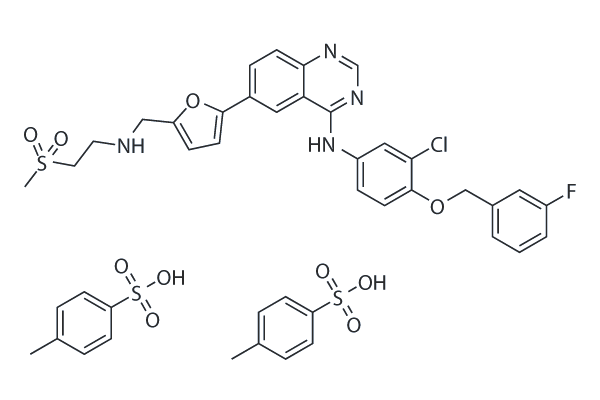
-
GC67759
Lapatinib-d4
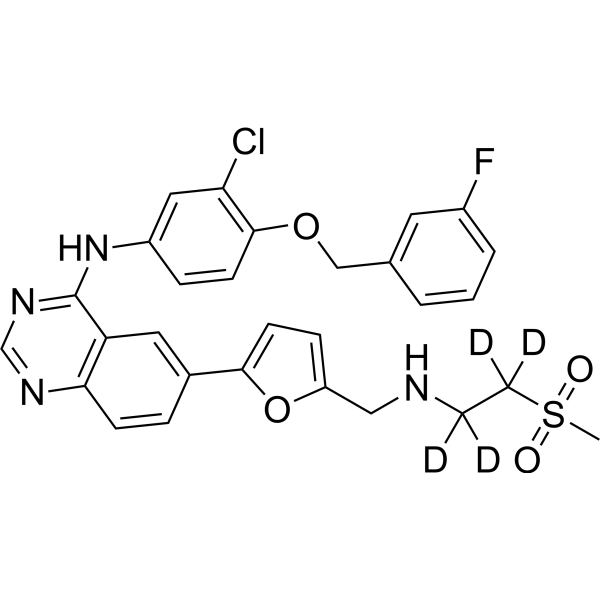
-
GC16021
Lavendustin A
EGFR tyrosine kinase inhibitor
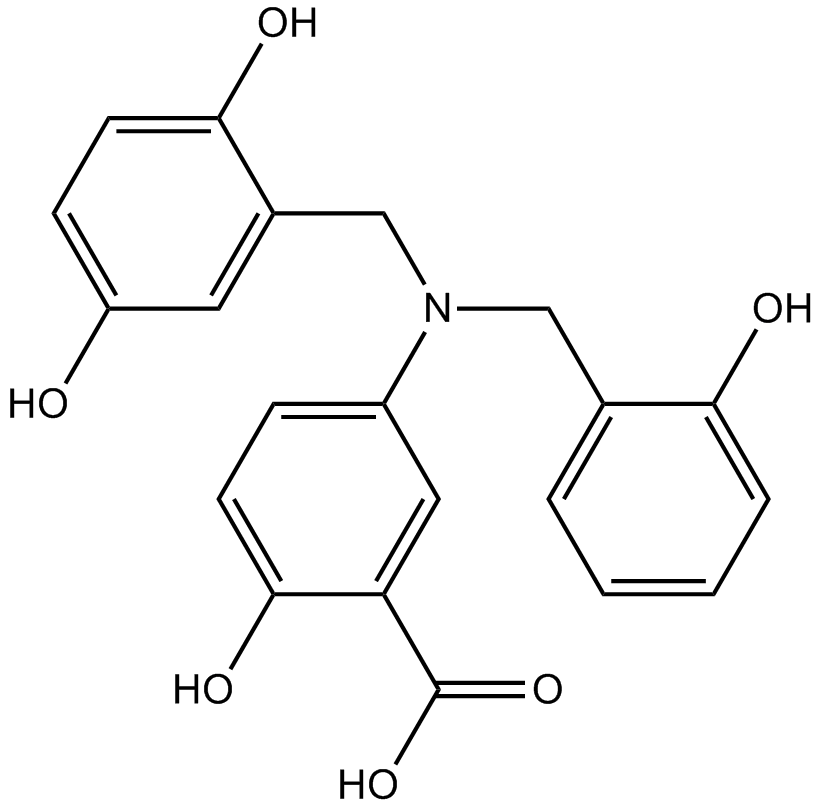
-
GC19218
Lazertinib
Lazertinib is a potent, highly mutant-selective, blood-brain barrier permeable, orally available and irreversible third-generation EGFR tyrosine kinase inhibitor, and can be used in the research of non-small cell lung cancer.
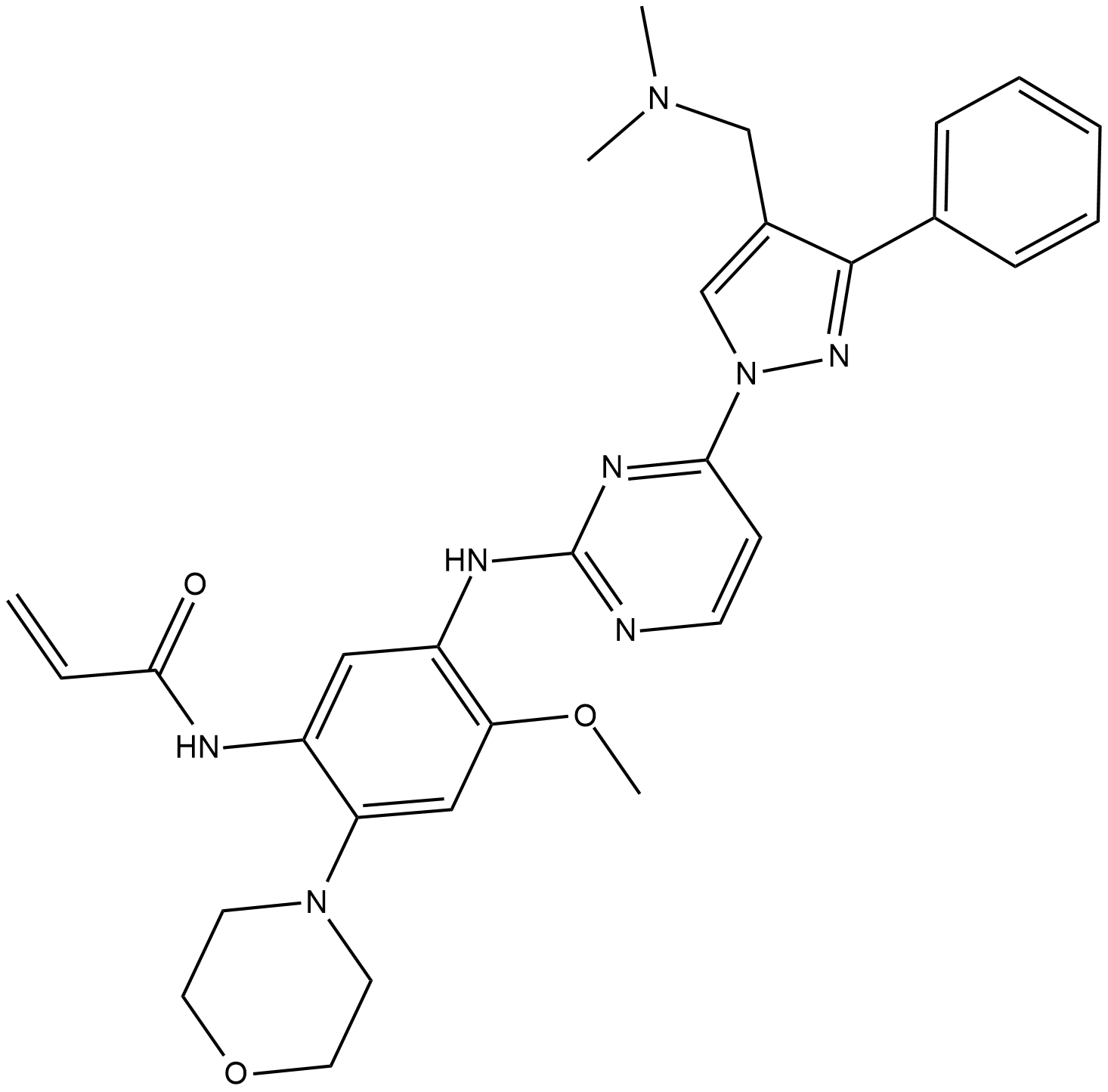
-
GC69410
Lumretuzumab
Lumretuzumab (Anti-Human ERBB3 Recombinant Antibody) is a humanized monoclonal antibody that targets HER3 (ERBB3) and can be used for cancer research.
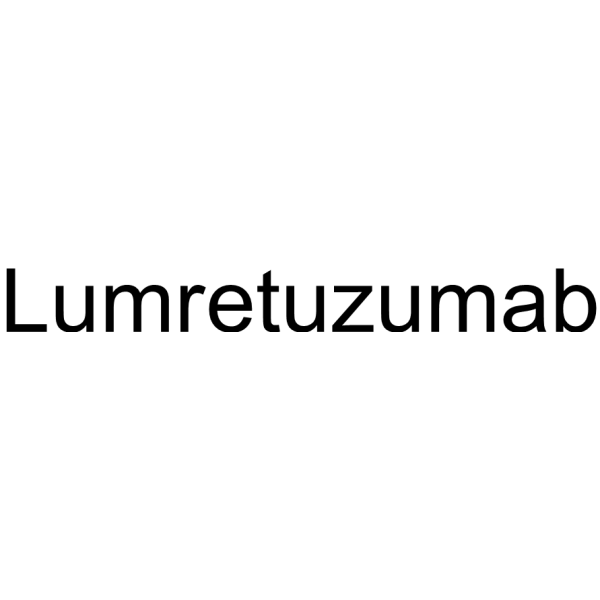
-
GC68304
Margetuximab

-
GC64710
MC-Val-Cit-PAB-Amide-TLR7 agonist 4
MC-Val-Cit-PAB-Amide-TLR7 agonist 4 (example 15) is a HER2-TLR7 and HER2-TLR8 immune agonist conjugate.
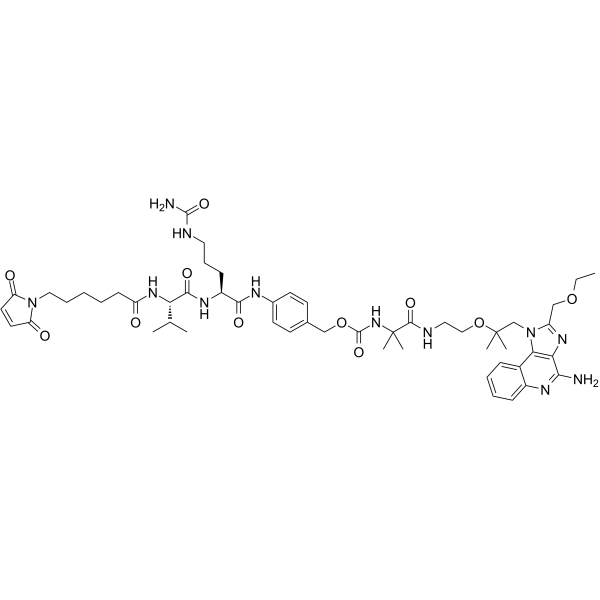
-
GC19256
MTX-211
MTX-211 is a dual inhibitor of EGFR and PI3K, used for the treatment of cancer and other diseases.
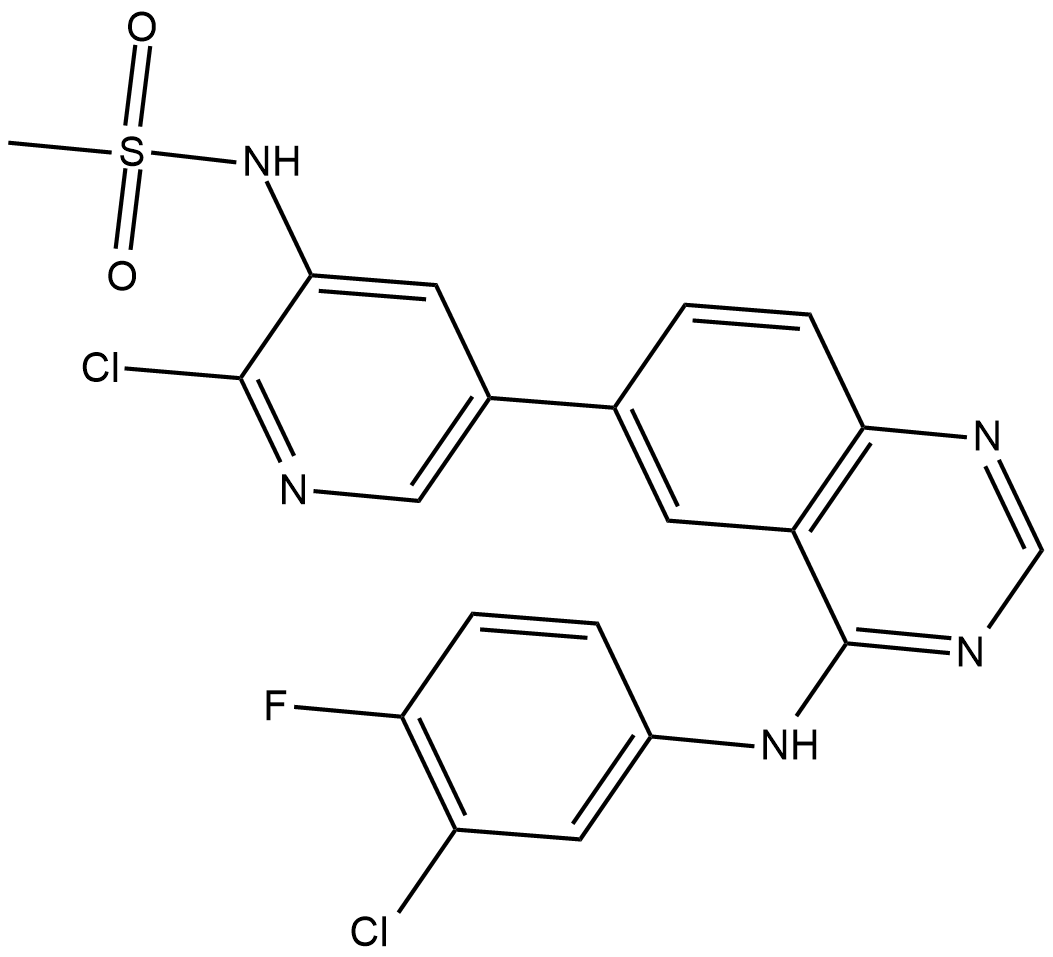
-
GC10250
Mubritinib (TAK 165)
Mubritinib (TAK 165) (TAK-165) is a potent and selective EGFR2/HER2 inhibitor with an IC50 of 6 nM.
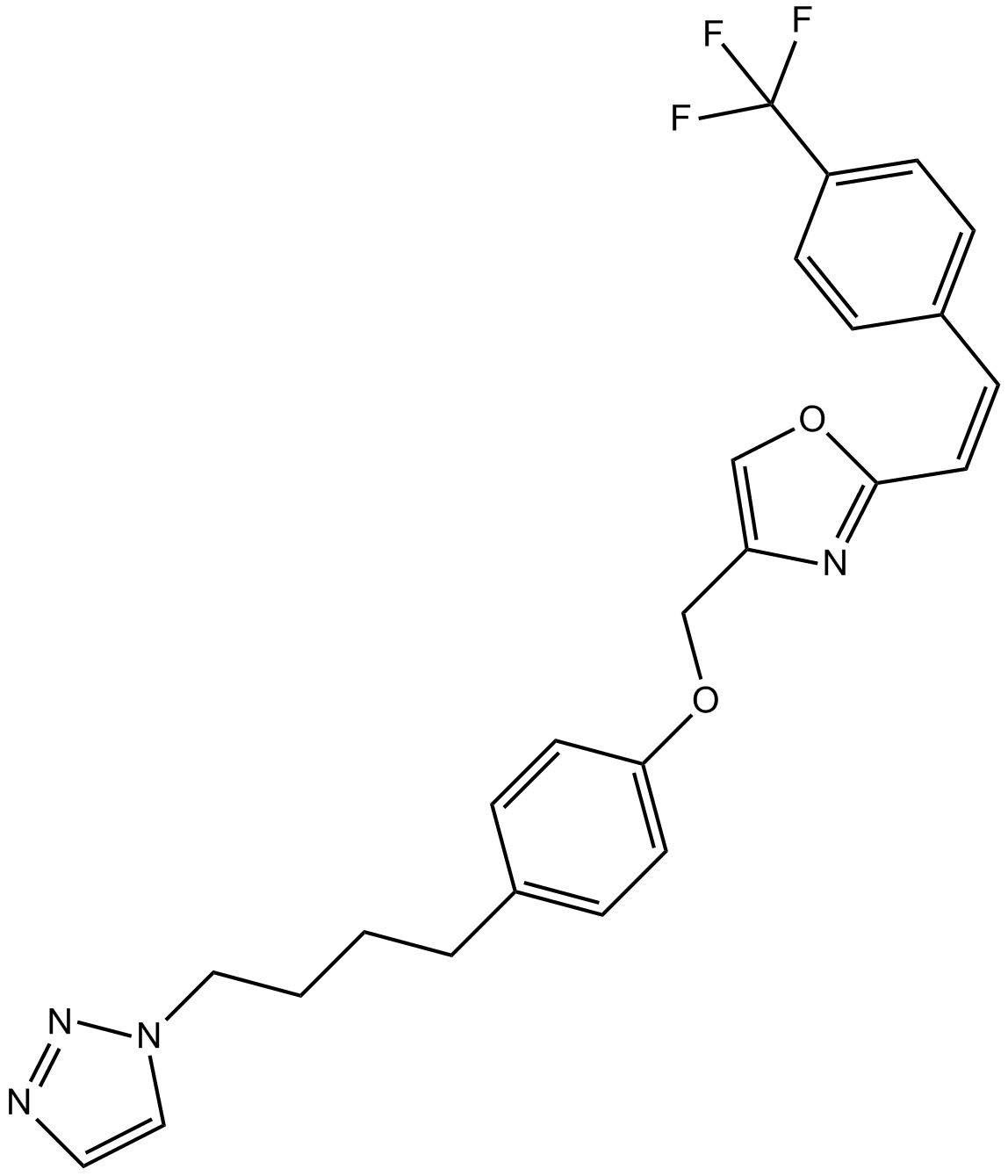
-
GC11126
Mutant EGFR inhibitor
Selective Mutated EGFR inhibitor
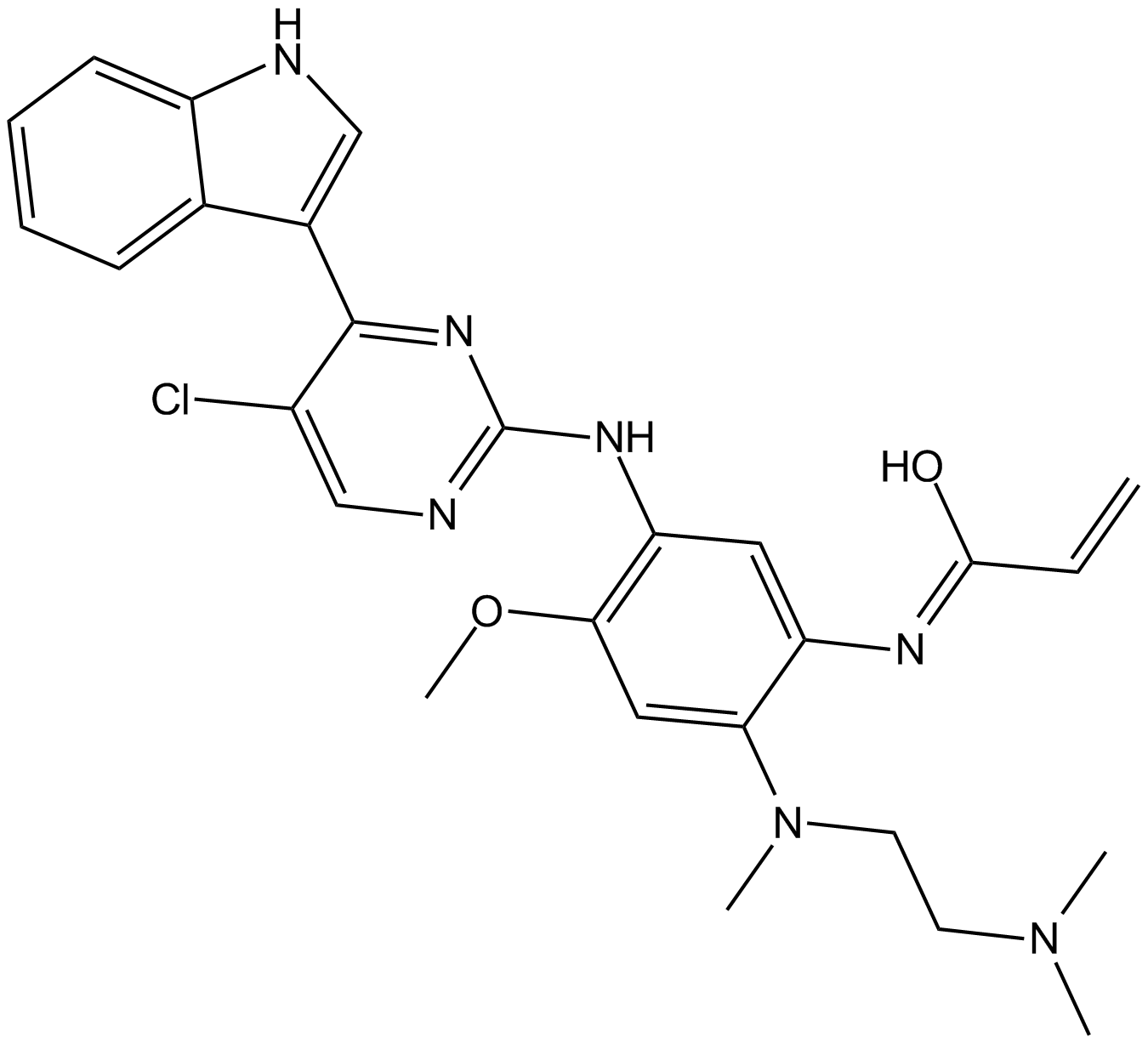
-
GC36666
Mutated EGFR-IN-1
Mutated EGFR-IN-1 (Osimertinib analog) is a useful intermediate for the inhibitors design for mutated EGFR, such as L858R EGFR, Exonl9 deletion activating mutant and T790M resistance mutant.
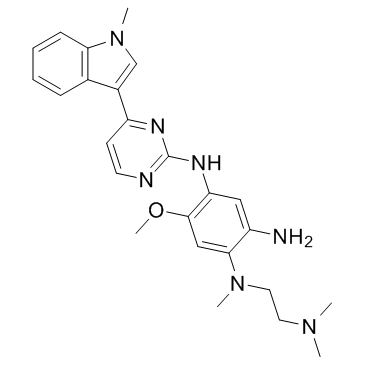
-
GC36667
Mutated EGFR-IN-2
Mutated EGFR-IN-2 (compound 91) is a mutant-selective EGFR inhibitor extracted from patent WO2017036263A1, which potently inhibits single-mutant EGFR (T790M) and double-mutant EGFR (including L858R/T790M (IC50=<1nM) and ex19del/T790M), and can suppress activity of single gain-of-function mutant EGFR (including L858R and ex19del) as well. Mutated EGFR-IN-2 shows anti-tumor antivity.
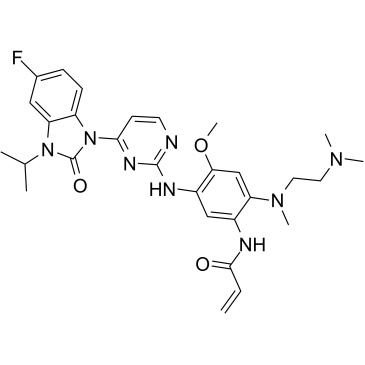
-
GC33022
Naquotinib (ASP8273)
Naquotinib (ASP8273) (ASP8273) is an orally available, mutant-selective and irreversible EGFR inhibitor; with IC50s of 8-33 nM toward EGFR mutants and 230 nM for EGFR.
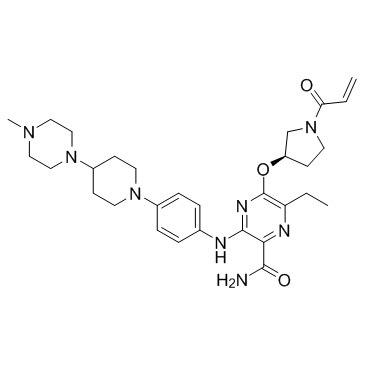
-
GC32836
Naquotinib mesylate (ASP8273)
Naquotinib mesylate (ASP8273) (ASP8273 mesylate) is an orally available, mutant-selective and irreversible EGFR inhibitor; with IC50s of 8-33 nM toward EGFR mutants and 230 nM for EGFR.
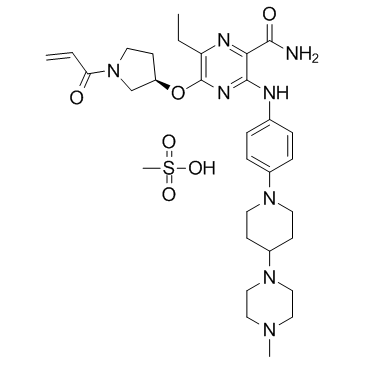
-
GC36699
Nazartinib mesylate
Nazartinib mesylate (EGF816 mesylate) is a novel, covalent mutant-selective EGFR inhibitor, with Ki and Kinact of 31 nM and 0.222 min?1 on EGFR(L858R/790M) mutant, respectively.
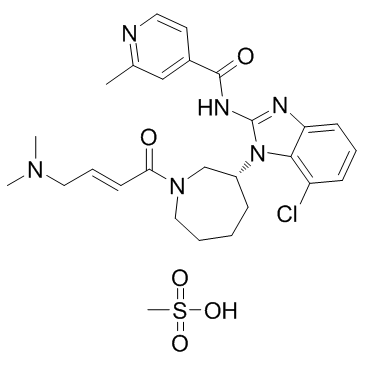
-
GC10362
Neratinib (HKI-272)
Neratinib (HKI-272) (HKI-272) is an orally available, irreversible, highly selective HER2 and EGFR inhibitor with IC50s of 59 nM and 92 nM, respectively.
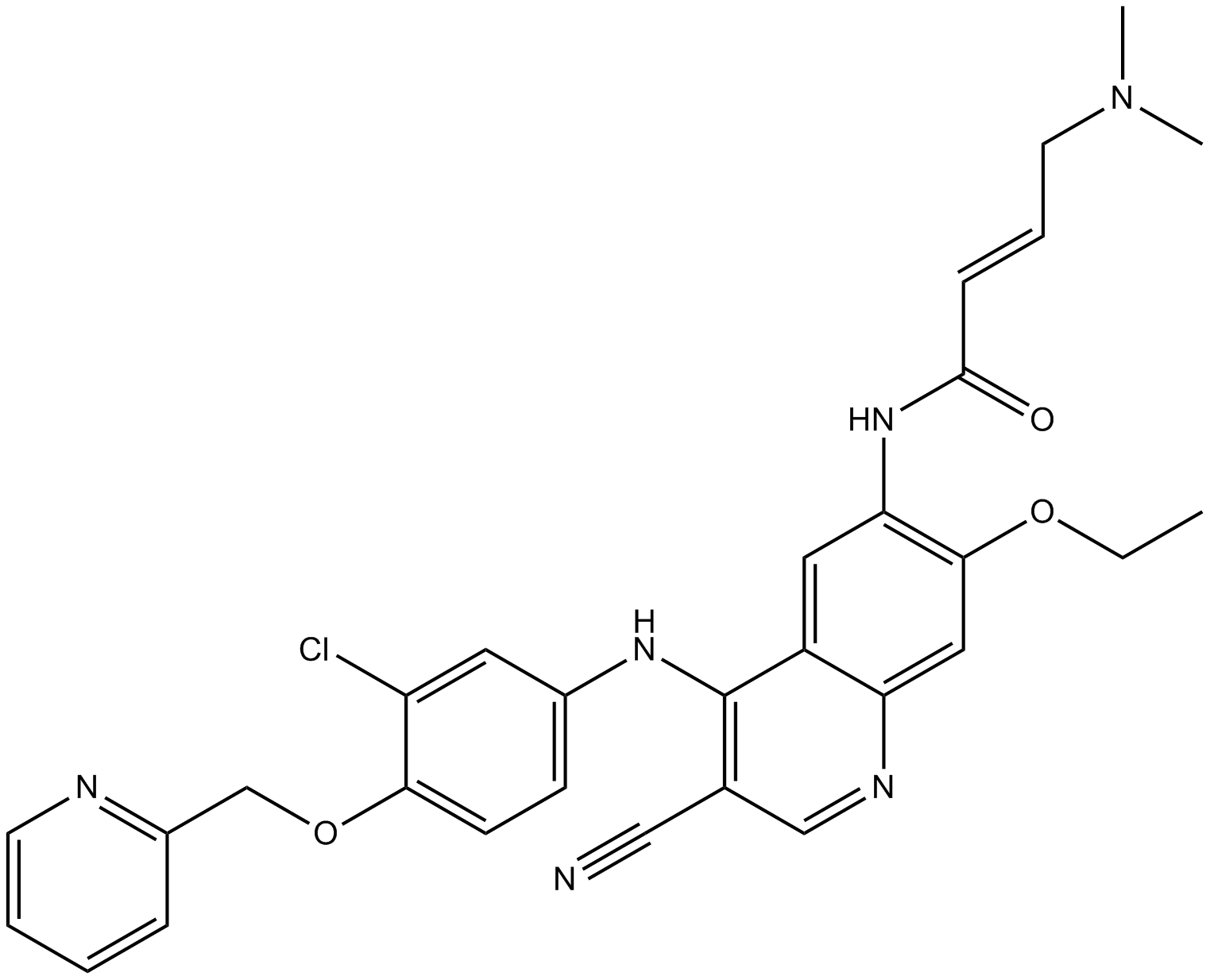
-
GC33131
NRC-2694
NRC-2694 is an epidermal growth factor receptor (EGFR) antagonist with anti-cancer and anti-proliferative properties.
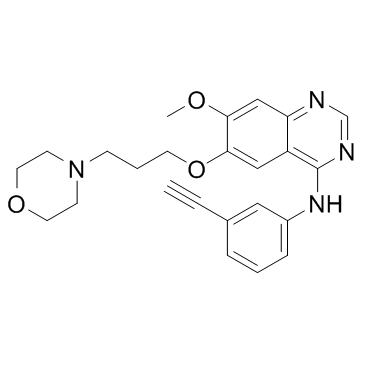
-
GC14103
NSC228155
EGFR activator
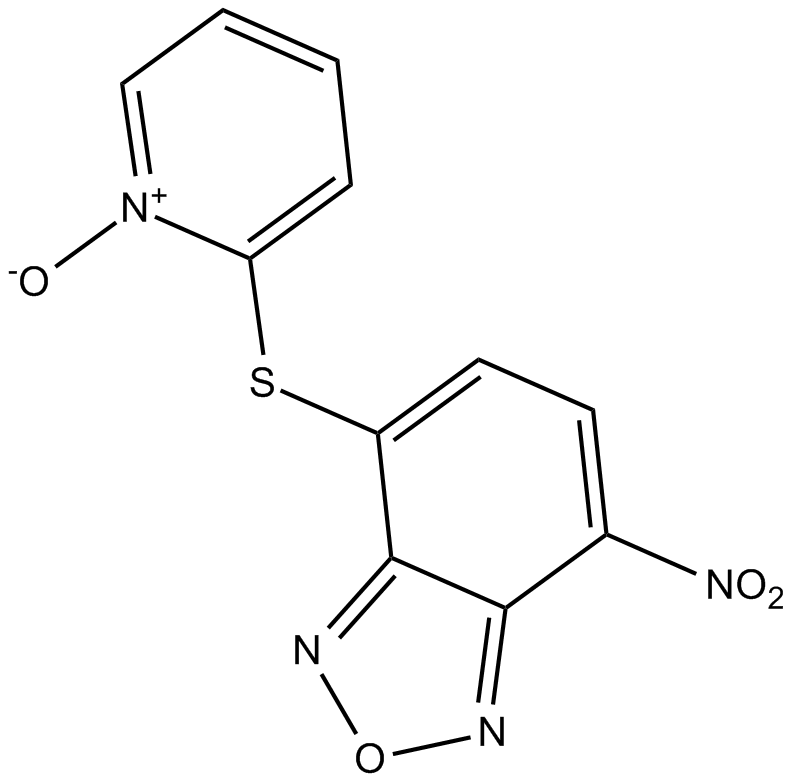
-
GC69596
NSC689857
NSC689857 is an effective inhibitor of EGFR and SCFSKP2, with an IC50 of 36 μM against Skp2-Cks1. NSC689857 can inhibit phosphorylation of p27 (IC50=30 μM). NSC689857 exhibits varying activity in different types of cancer, with higher resistance activity against leukemia cell lines compared to other cancer cells.
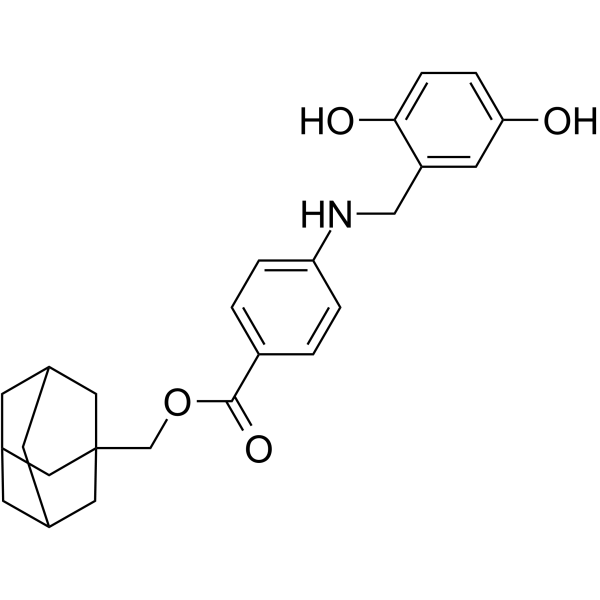
-
GC44491
O-Desmethyl Gefitinib
O-Desmethyl gefitinib is the major metabolite of gefitinib in human plasma, formed by the cytochrome P450 isoform CYP2D6.
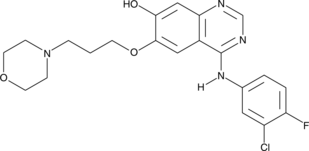
-
GC68321
O-Desmethyl gefitinib-d8
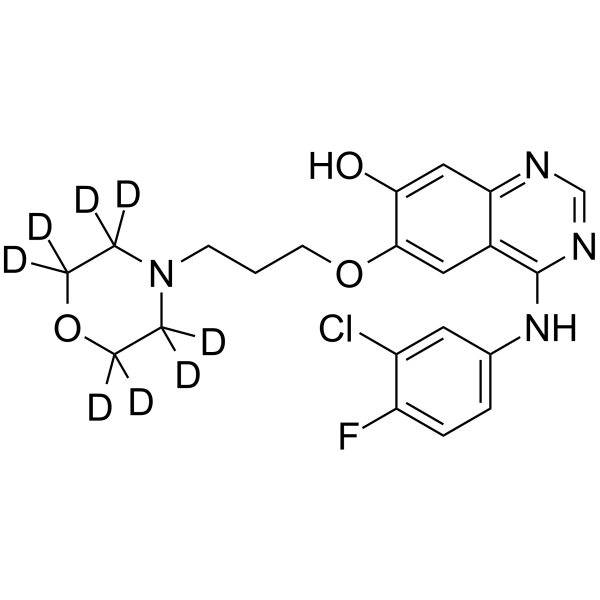
-
GC15370
Olmutinib (HM61713, BI 1482694)
Olmutinib (HM61713, BI 1482694) (HM61713; BI-1482694) is an orally active and irreversible third EGFR tyrosine kinase inhibitor that binds to a cysteine residue near the kinase domain. Olmutinib (HM61713, BI 1482694) is used for NSCLC.
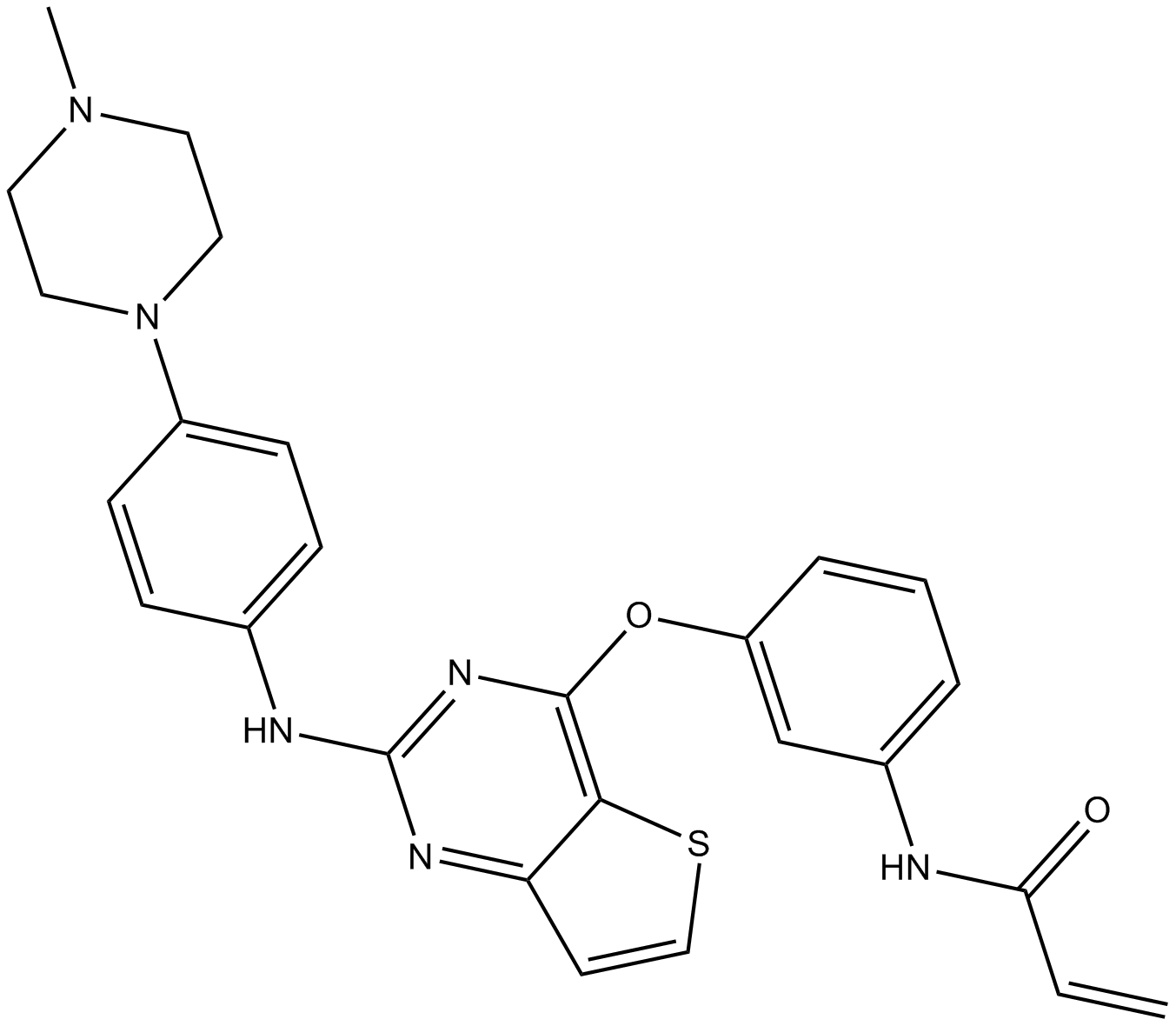
-
GC64770
Oritinib
Oritinib (SH-1028), an irreversible third-generation EGFR TKI, overcomes T790M-mediated resistance in non-small cell lung cancer. Oritinib (SH-1028), a mutant-selective inhibitor of EGFR kinase activity, inhibits EGFRWT, EGFRL858R, EGFRL861Q, EGFRL858R/T790M, EGFRd746-750 and EGFRd746-750/T790M kinases, with IC50s of 18, 0.7, 4, 0.1, 1.4 and 0.89 nM, respectively.
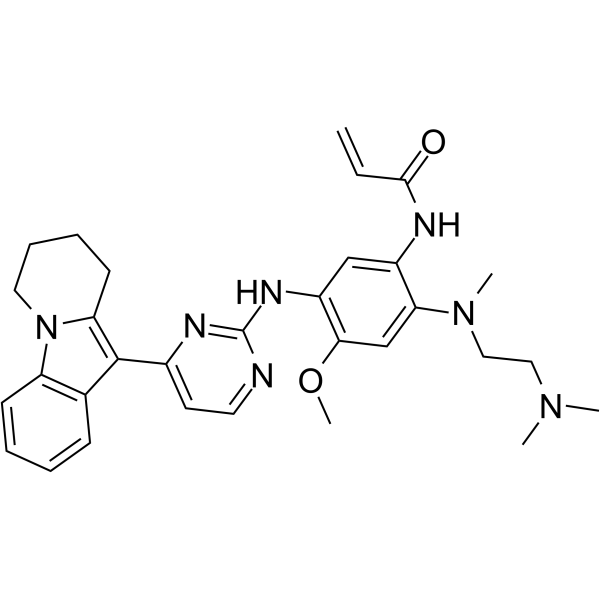
-
GC17530
OSI-420
OSI-420 (OSI-420) is an active metabolite of Erlotinib. Erlotinib is a potent EGFR tyrosin kinase inhibitor.
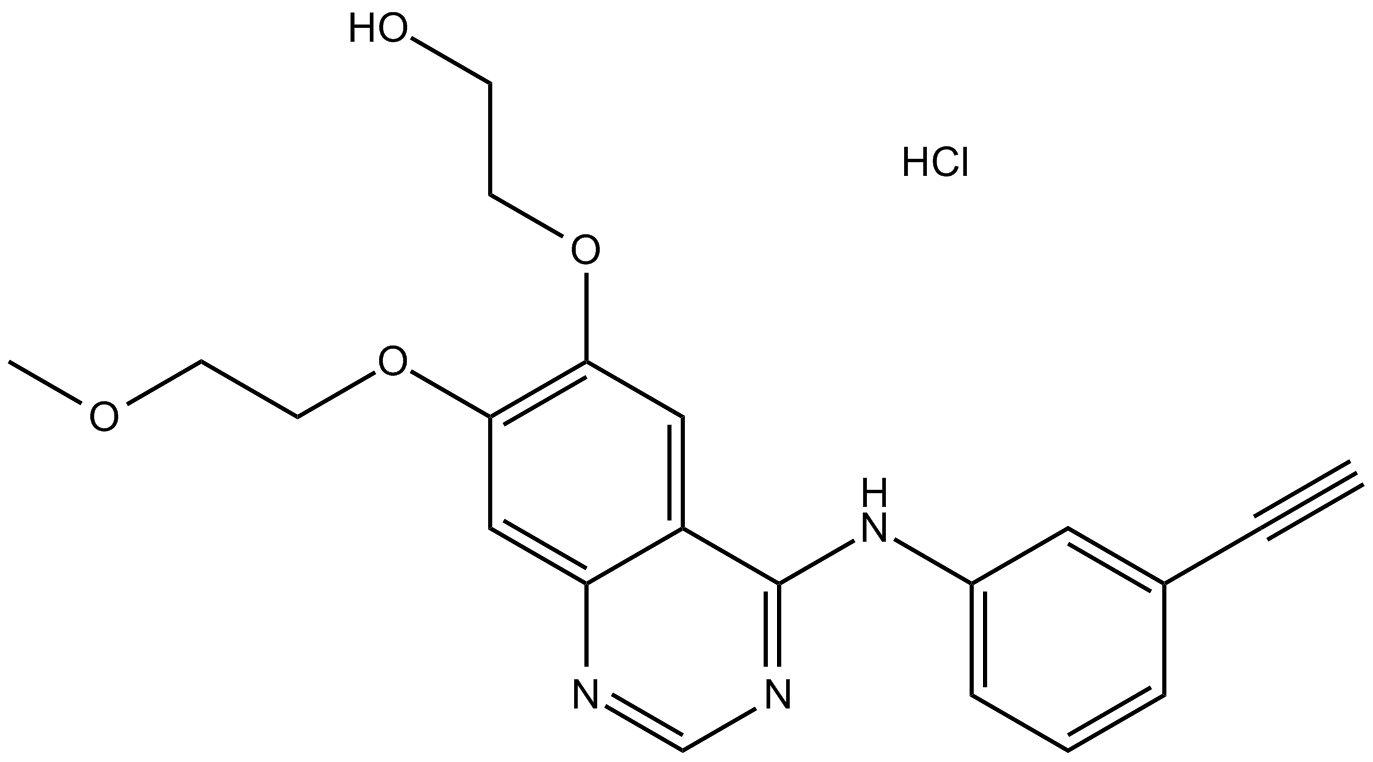
-
GC36819
Osimertinib dimesylate
Osimertinib dimesylate (AZD-9291 dimesylate) is an irreversible and mutant selective EGFR inhibitor with IC50s of 12 and 1 nM against EGFRL858R and EGFRL858R/T790M, respectively.
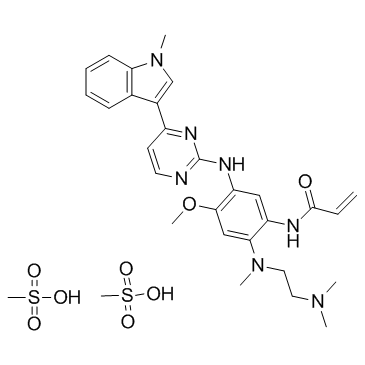
-
GC66405
Panitumumab
Panitumumab (ABX-EGF) is a fully human IgG2 anti-EGFR monoclonal antibody with anti-tumor activity. Panitumumab inhibits tumor cell proliferation, survival and angiogenesis. Panitumumab can be used in the research of cancers, such as colon cancer.
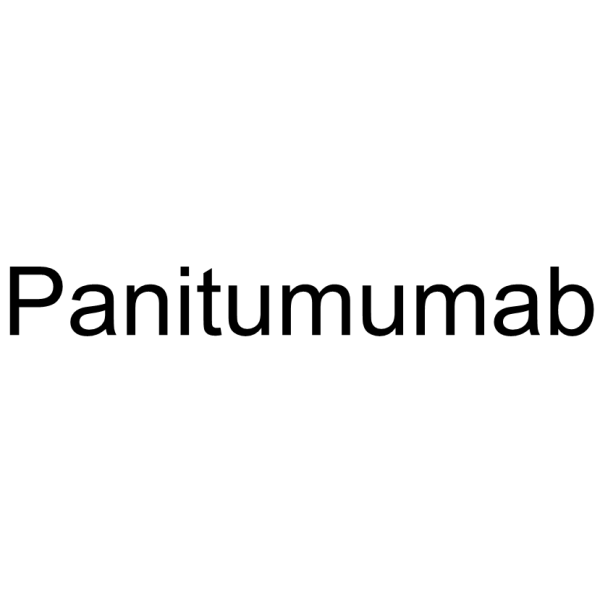
-
GC66333
Panitumumab (anti-EGFR)
Panitumumab (anti-EGFR) is a fully human IgG2 anti-EGFR monoclonal antibody with anti-tumor activity. Panitumumab (anti-EGFR) inhibits tumor cell proliferation, survival and angiogenesis. Panitumumab (anti-EGFR) can be used in the research of cancers, such as colon cancer.
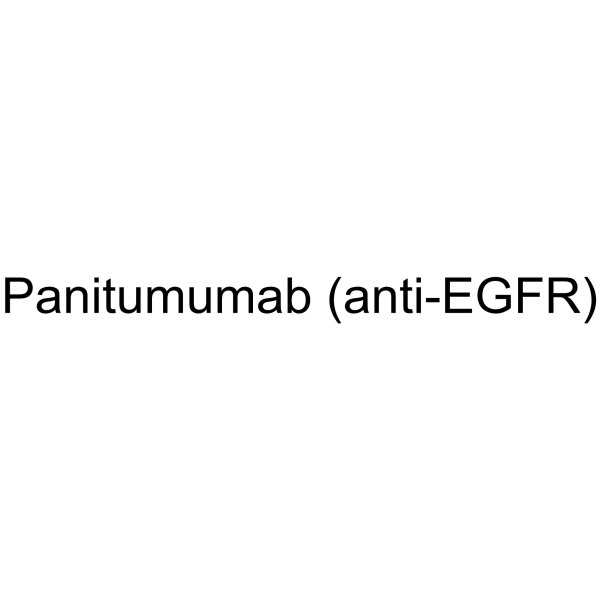
-
GC69665
Patritumab
Patritumab (Human Anti-ERBB3 Recombinant Antibody) is a neutralizing monoclonal antibody targeting ERBB3. Patritumab has synergistic effects with Cetuximab and can effectively inhibit the phosphorylation of EGFR, HER2, HER3, ERK and AKT. Patritumab also induces apoptosis and inhibits the growth of pancreatic, non-small cell lung cancer and colorectal cancer xenograft tumors.
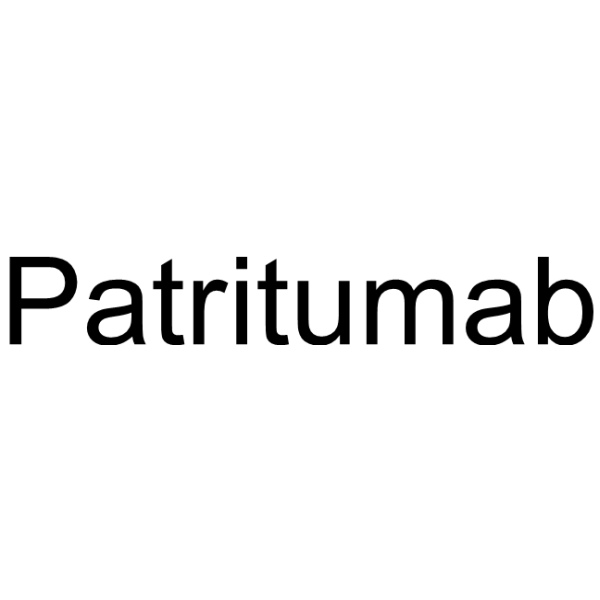
-
GC15925
PD 158780
ErbB receptor family tyrosine kinase inhibitor
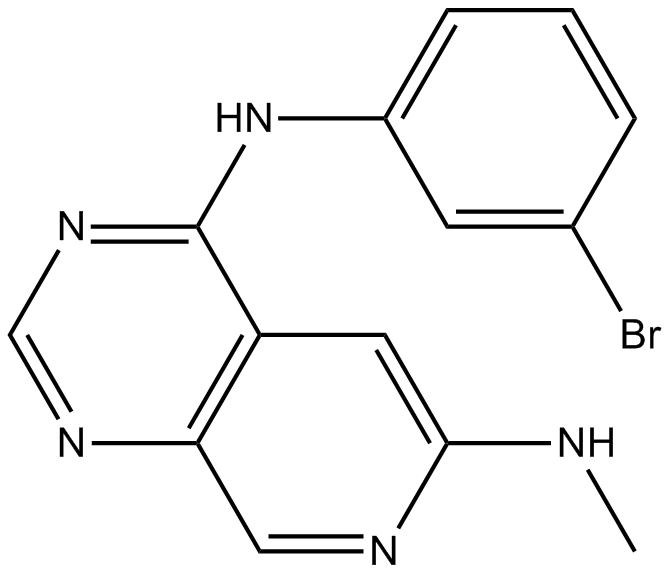
-
GC34105
PD153035 Hydrochloride (ZM 252868)
A highly potent EGFR inhibitor
